Remember those iconic sitcom living rooms, drenched in floral prints and bathed in the warm glow of track lighting? The 90s were a decade of bold design choices, a playful rebellion against the minimalist 80s. From the resurgence of earth tones to the ubiquitous plaid patterns, the 90s interior design scene was a delightful mix of cozy nostalgia and daring experimentation. Now, as we find ourselves amidst a wave of 90s nostalgia, let's dive deep into the design trends that defined this unforgettable era.
The 90s were a time of fascinating contrasts. Grunge music and fashion coexisted with the rise of supermodels and glossy magazines. Similarly, interior design trends swung between the rustic charm of shabby chic and the sleek sophistication of minimalist Scandinavian design. This dynamic decade gave us a treasure trove of design inspiration that continues to influence and captivate us today.
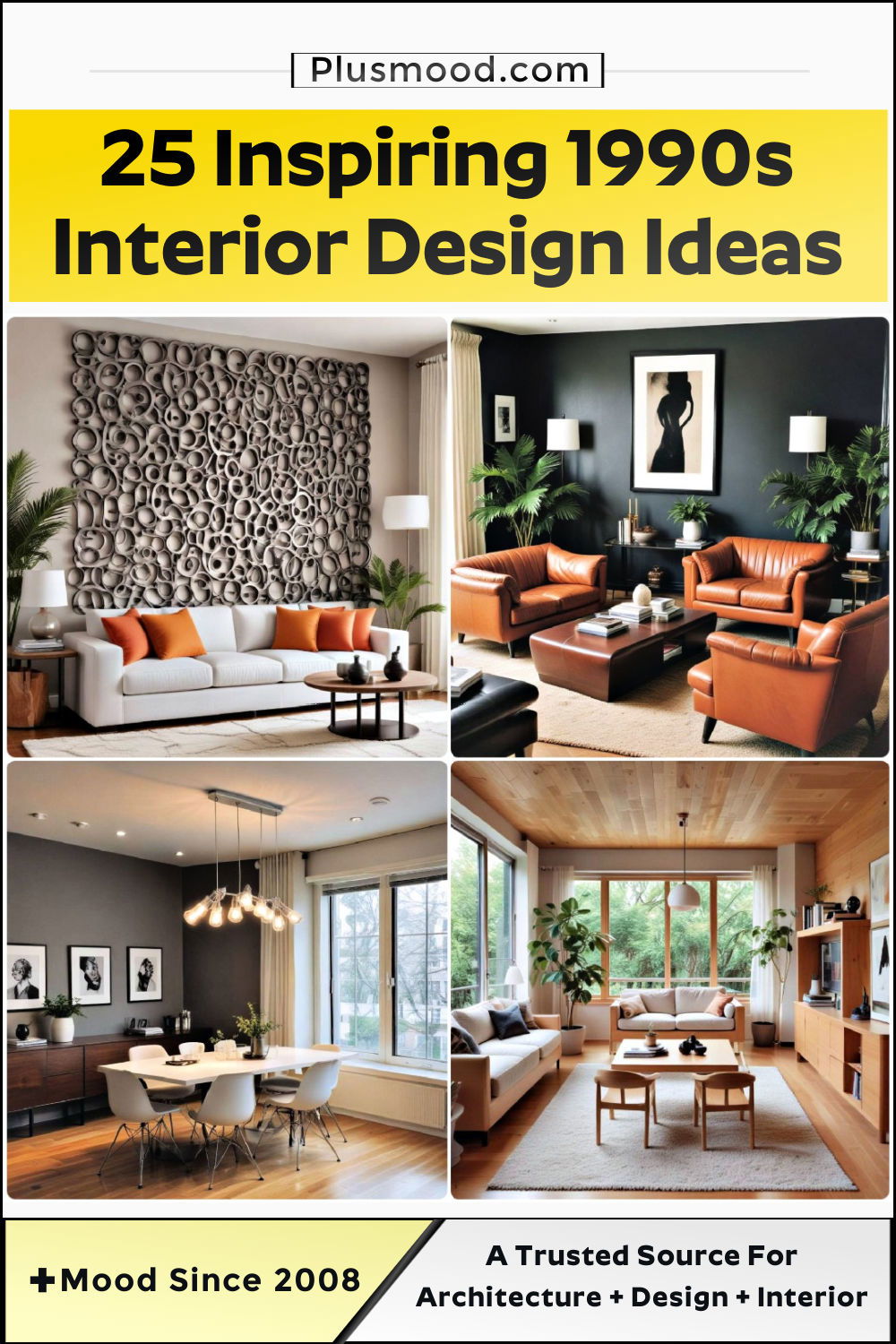
Join us as we take a trip down memory lane, exploring these 25 adorable 90s interior design ideas that are begging for a modern revival. Whether you're a seasoned design enthusiast or simply looking to add a touch of retro charm to your home, you're sure to find inspiration in these timeless trends. So, grab your scrunchies and your favorite flannel shirt, and let's get started!
1. Floral Upholstery and Wallpaper
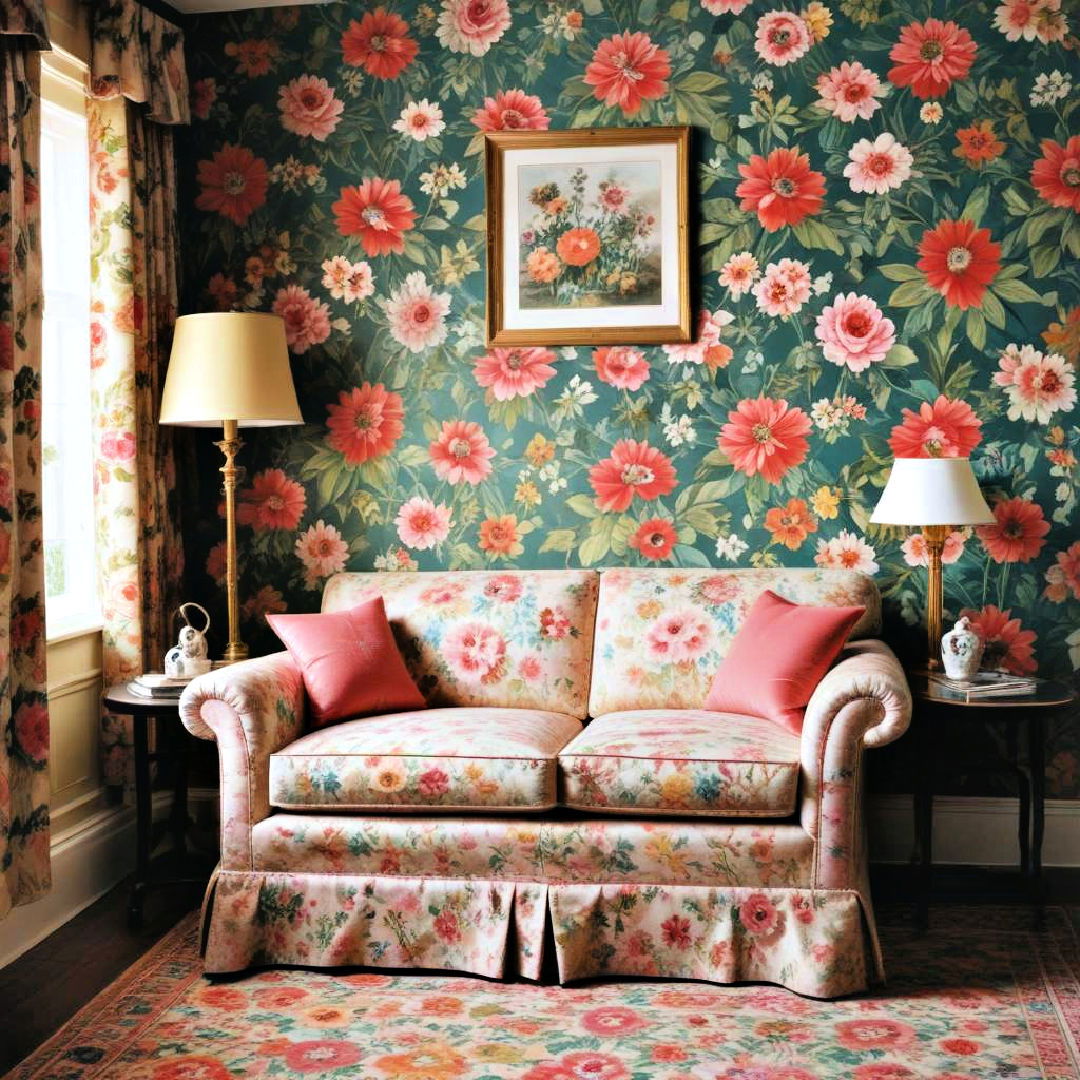
The 1990s embraced bold floral patterns on everything from upholstery to wallpaper, perfect for those looking for floral nursery ideas. Large, sprawling floral prints added warmth and comfort to living spaces, creating a cozy yet vibrant atmosphere. Whether used on sofas, chairs, or accent walls, these designs brought an aesthetic living room vibe with a fresh, nature-inspired touch that brought life indoors. The key benefit of this trend was its ability to blend a homely feel with lively patterns, ideal for those seeking a welcoming and colorful aesthetic.
2. Muted Earth Tones
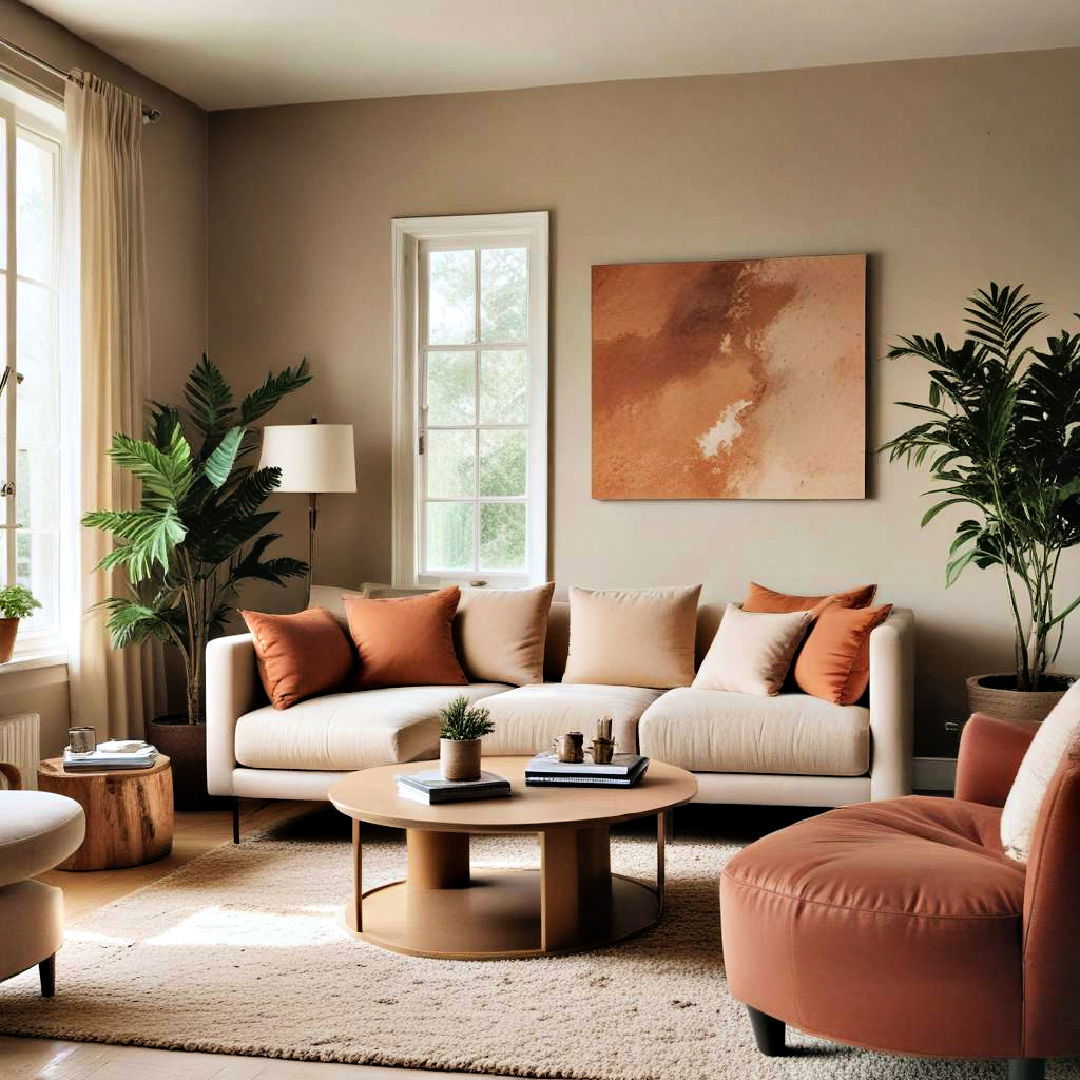
Earth tones dominated the 1990s interior design palette, with colors like beige, taupe, and terracotta making a major impact. These muted hues, similar to calming color ideas, brought a sense of natural warmth to spaces, making homes feel more grounded. By using these tones on walls, furniture, and even flooring, the 90s homes were able to evoke a soft, serene environment. This trend was perfect for anyone looking for understated elegance that feels both timeless and cozy.
3. Track Lighting

Embrace retro vibes with 90s interior design, featuring bold colors, eclectic patterns, and minimalist furniture for a nostalgic feel. In the 90s, track lighting became a popular way to illuminate rooms while adding a modern touch, often blending seamlessly with minimalist decorating ideas. This lighting solution allowed homeowners to focus light on specific areas, such as art pieces, countertops, or reading nooks, while maintaining a sleek and minimalist design. Beyond aesthetics, track lighting offered functional advantages by being adjustable and customizable, making it an ideal choice for highlighting a room’s best features.
4. Plaid Patterns
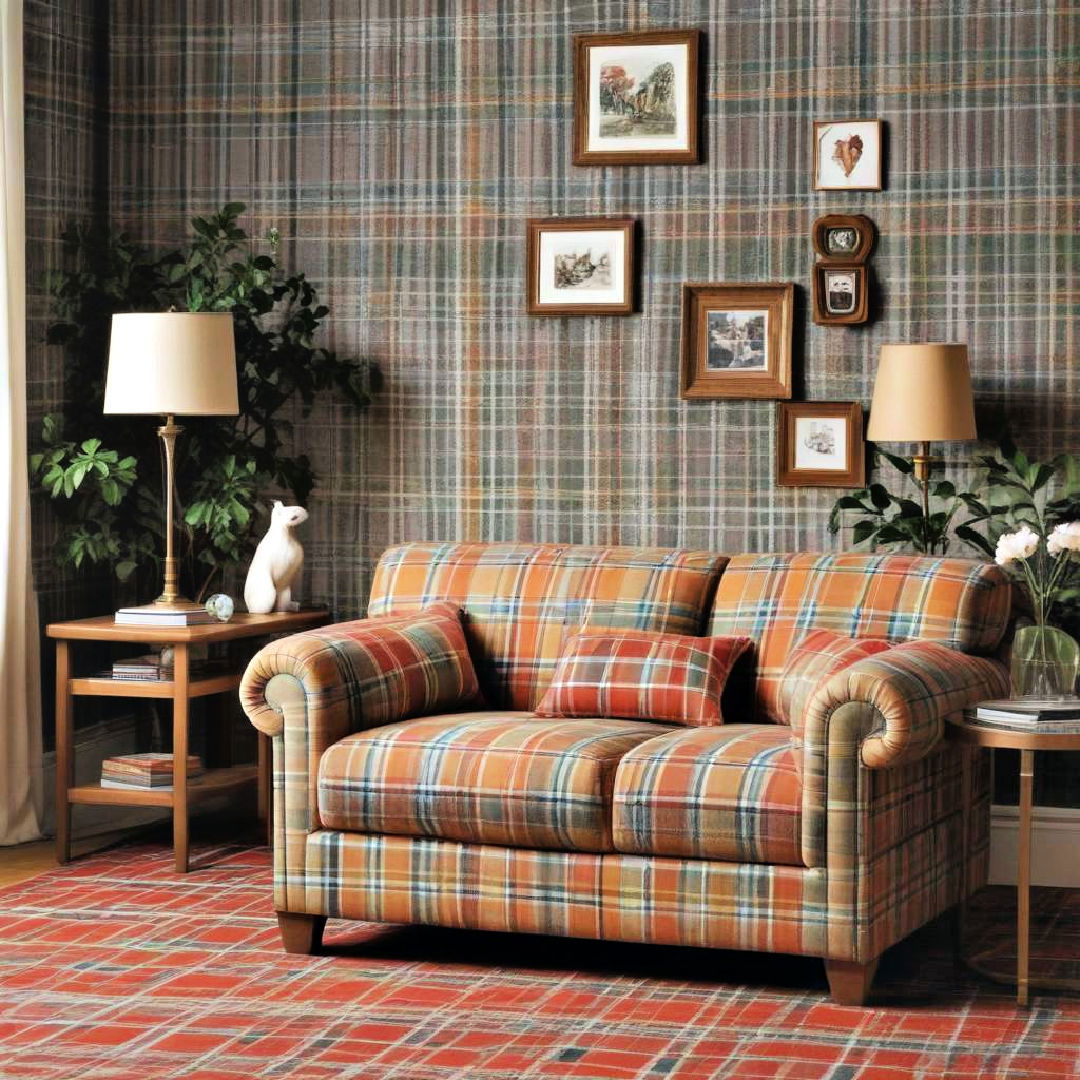
Plaid fabrics found their way into the heart of 90s interior design, commonly seen in everything from upholstery to bedding. These patterns, often in deep reds, greens, and blues, lent a rustic yet comfortable charm to rooms. Plaid’s versatility allowed it to fit well in both traditional and modern interiors, offering a sense of coziness and a hint of country style. This trend made spaces feel approachable and lived-in without compromising on style.
5. Open-Shelving in Kitchens
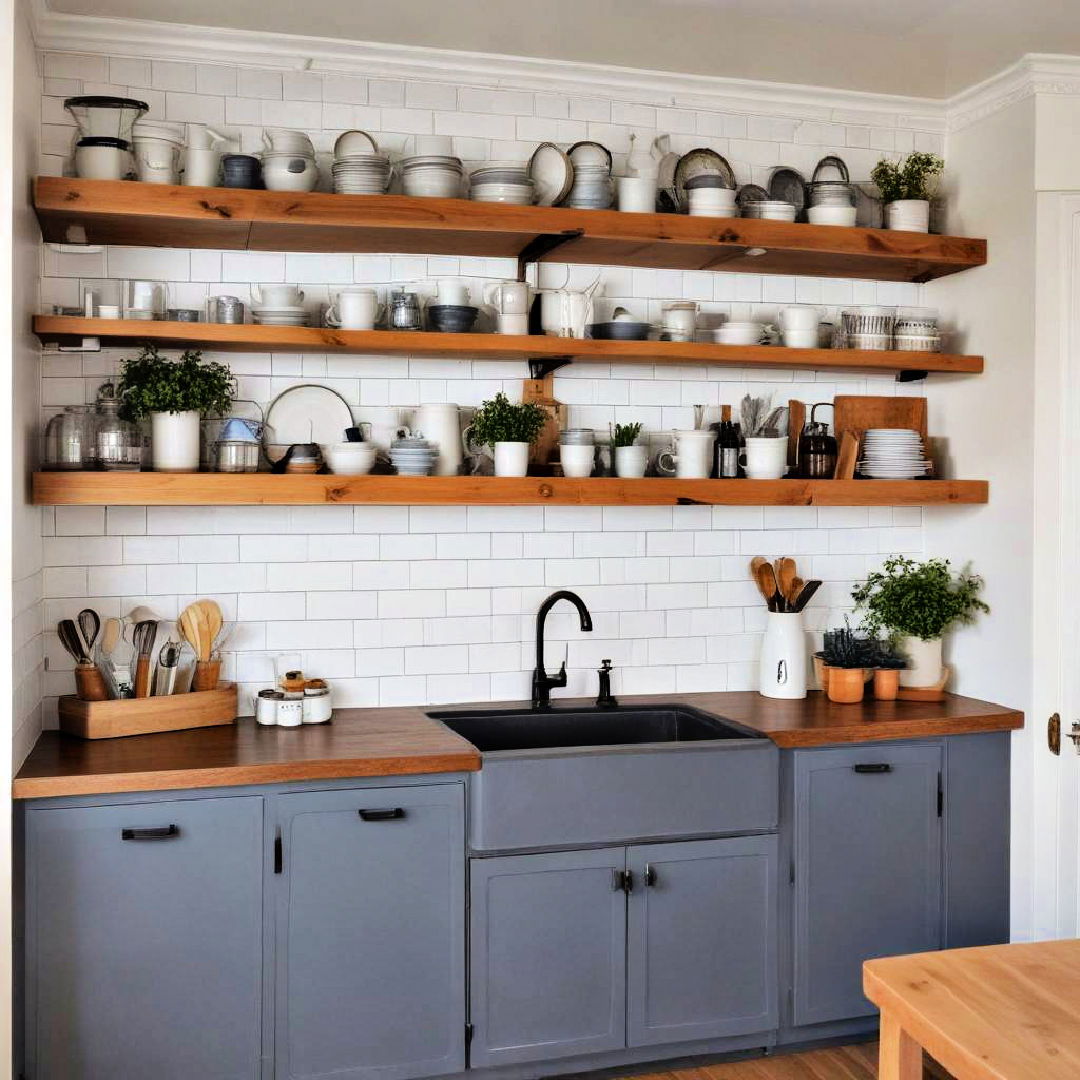
Open shelving in kitchens became a standout trend during the 1990s, offering a balance between functionality and display. Homeowners used open shelves to show off their best dishware, plants, and kitchen décor, making the kitchen feel more accessible and lived-in. This concept allowed for easy access to frequently used items while adding a personal touch. The trend catered to both form and function, making it ideal for those who loved an organized yet stylish kitchen space.
6. Leather Furniture
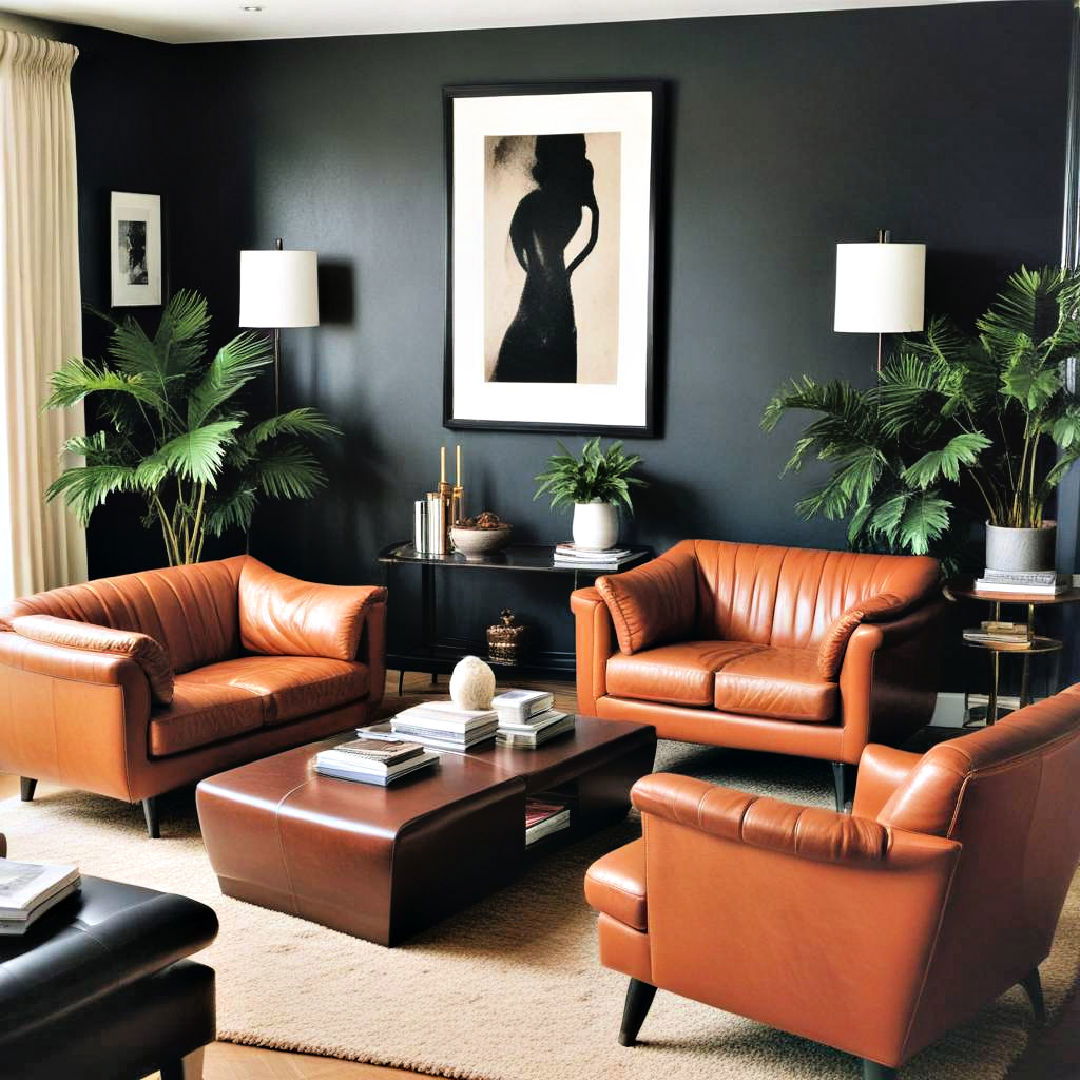
Leather sofas and armchairs were a 1990s staple, adding a sleek, masculine edge to living rooms and dens. Often found in rich, dark tones like brown and black, leather furniture brought a sense of sophistication while also being durable and easy to clean. This trend was perfect for families and anyone seeking a long-lasting, stylish seating option that exuded both comfort and class.
7. Wallpaper Borders
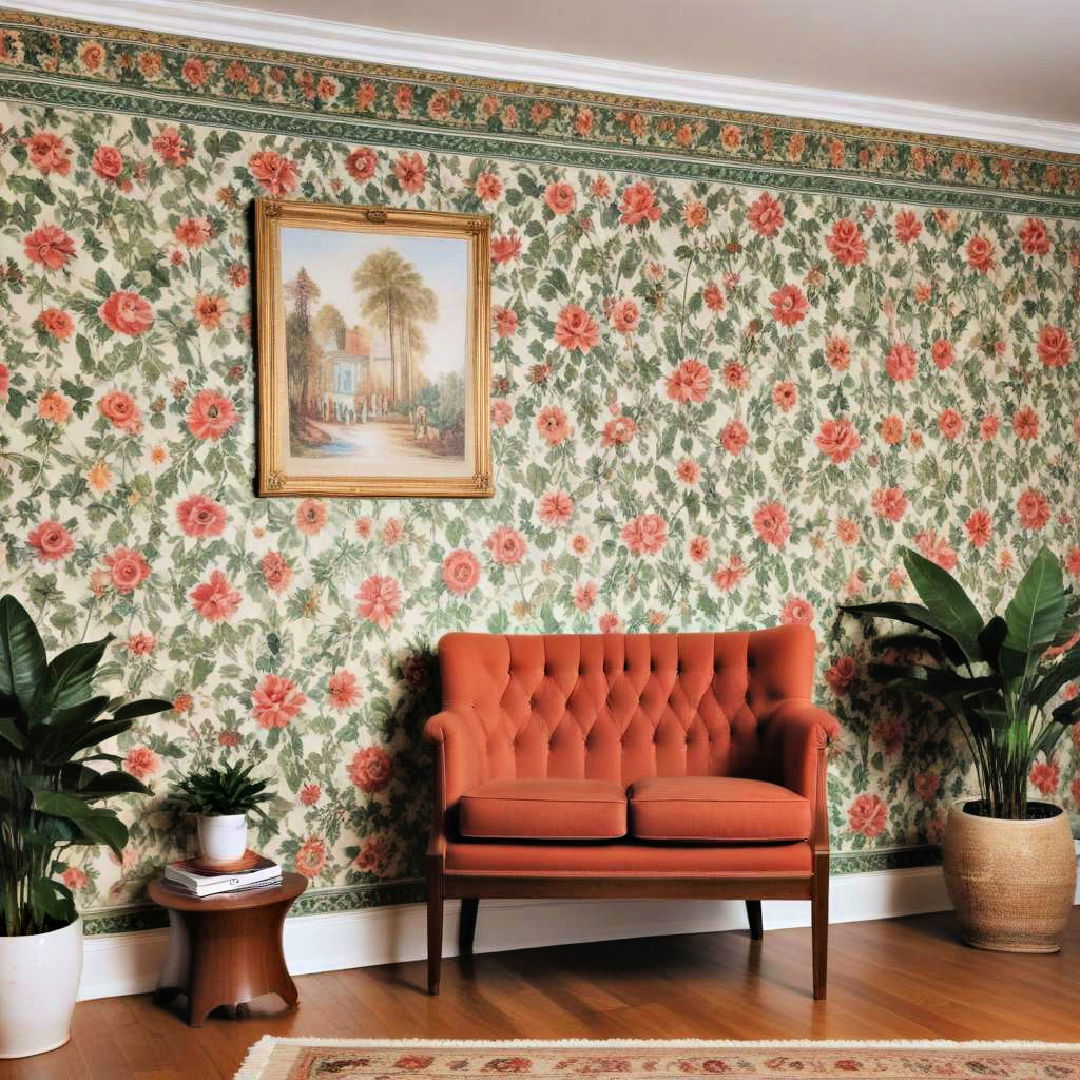
Create a cozy, nostalgic space with a living room 90s interior design, incorporating vintage decor, geometric patterns, and warm tones. Wallpaper borders, often featuring patterns like florals, were a popular way to add detail to rooms, similar to living room accent wall ideas. These borders were typically placed at the top of walls, just below the ceiling, or around doorways. They offered a simple yet effective way to enhance a room’s design without committing to full wallpaper coverage. This trend allowed homeowners to add personality to their space while maintaining flexibility with paint colors.
8. Light Wood Finishes
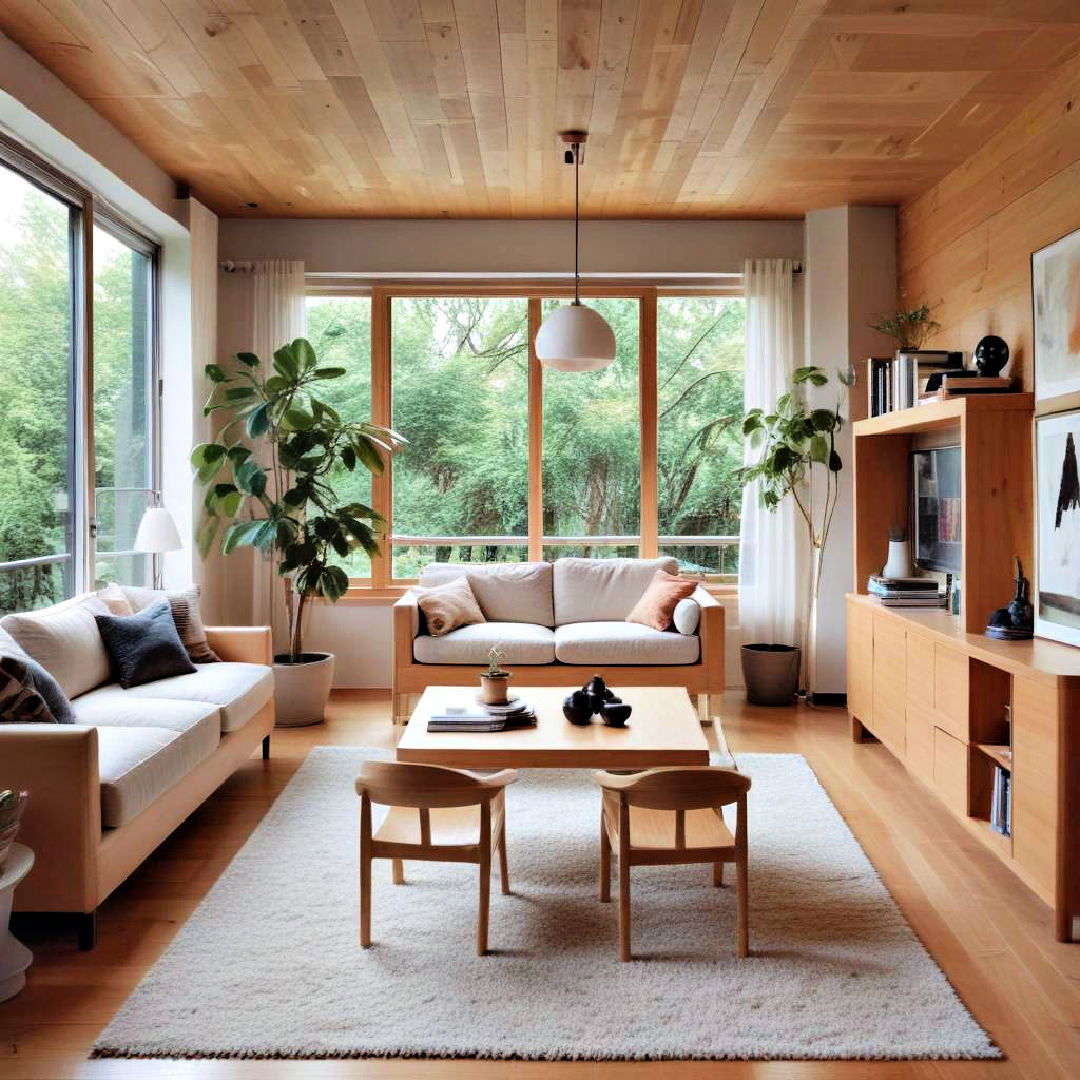
Blonde wood and lighter wood finishes were common choices for furniture and flooring in the 1990s. Lighter wood tones like oak and maple created a fresh, airy feel in homes, offering a contrast to the heavier, darker furniture styles of previous decades. This trend worked well in both modern and traditional interiors, giving spaces a cottage-style interior vibe with a natural, clean aesthetic.
9. Shabby Chic
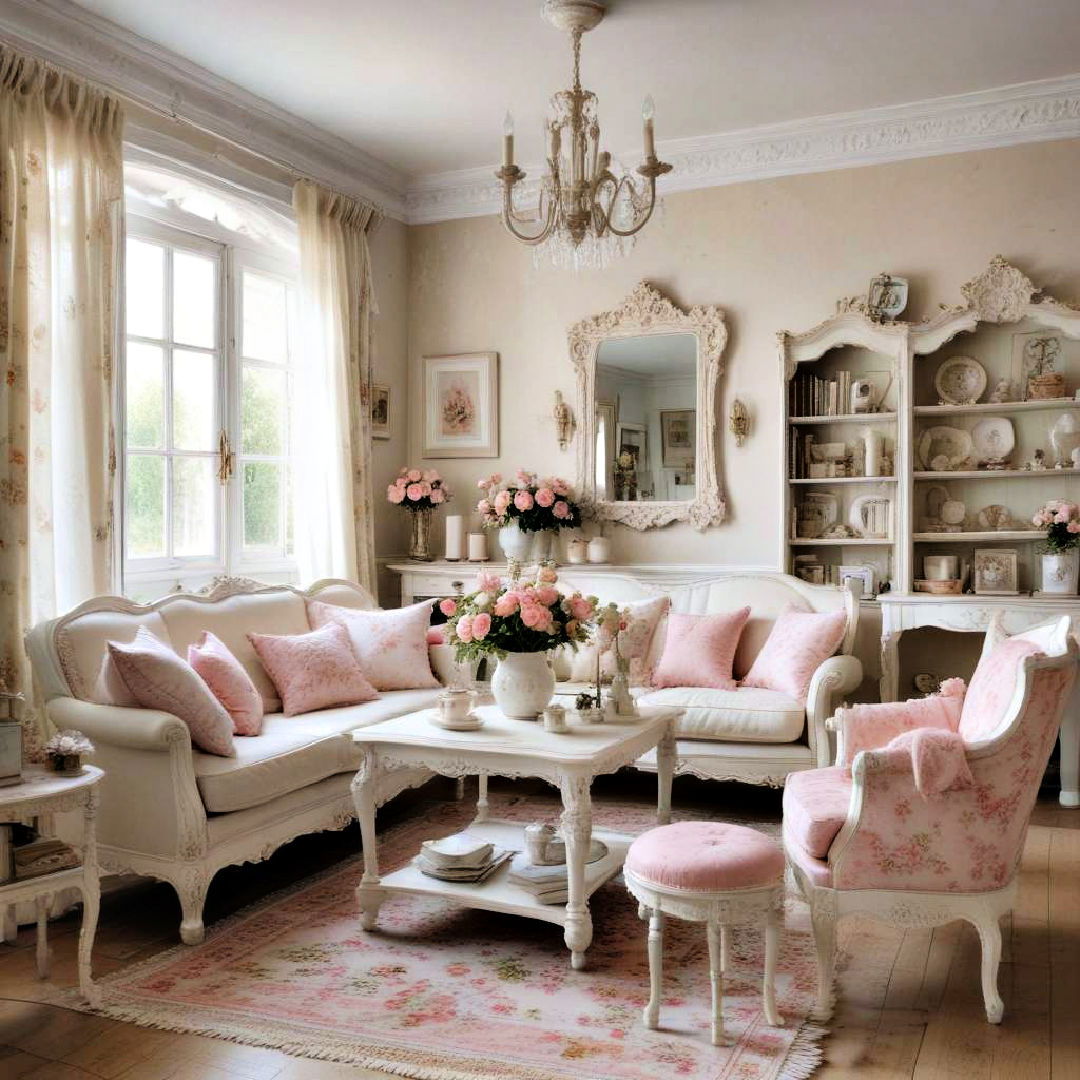
The shabby chic aesthetic took off in the 90s, characterized by distressed furniture, vintage living room ideas, and soft colors. This style offered a romantic, lived-in feel that combined elegance with comfort. The appeal of shabby chic lay in its ability to make spaces look stylish yet relaxed, perfect for anyone wanting a home filled with charm, personality, and a touch of nostalgia.
10. Faux Finishes
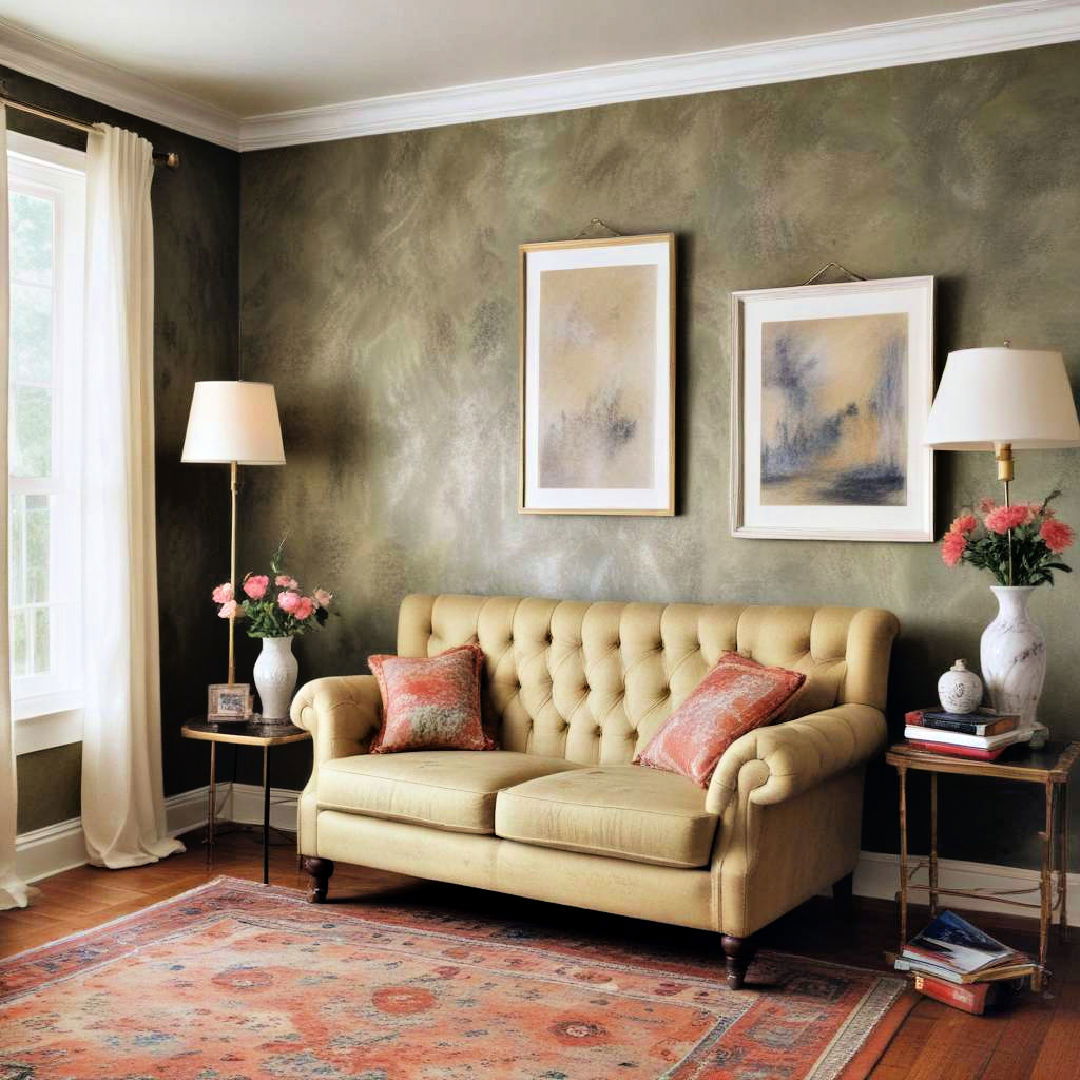
Faux finishes on walls, like sponge painting or rag rolling, were a big part of 90s design trends. These textured paint techniques allowed homeowners to mimic the look of materials like marble, stone, or suede without the high cost. The result was a more dimensional, artistic look on walls, adding depth and interest to rooms. Faux finishes provided a creative, DIY-friendly way to personalize interior spaces.
11. White Kitchens
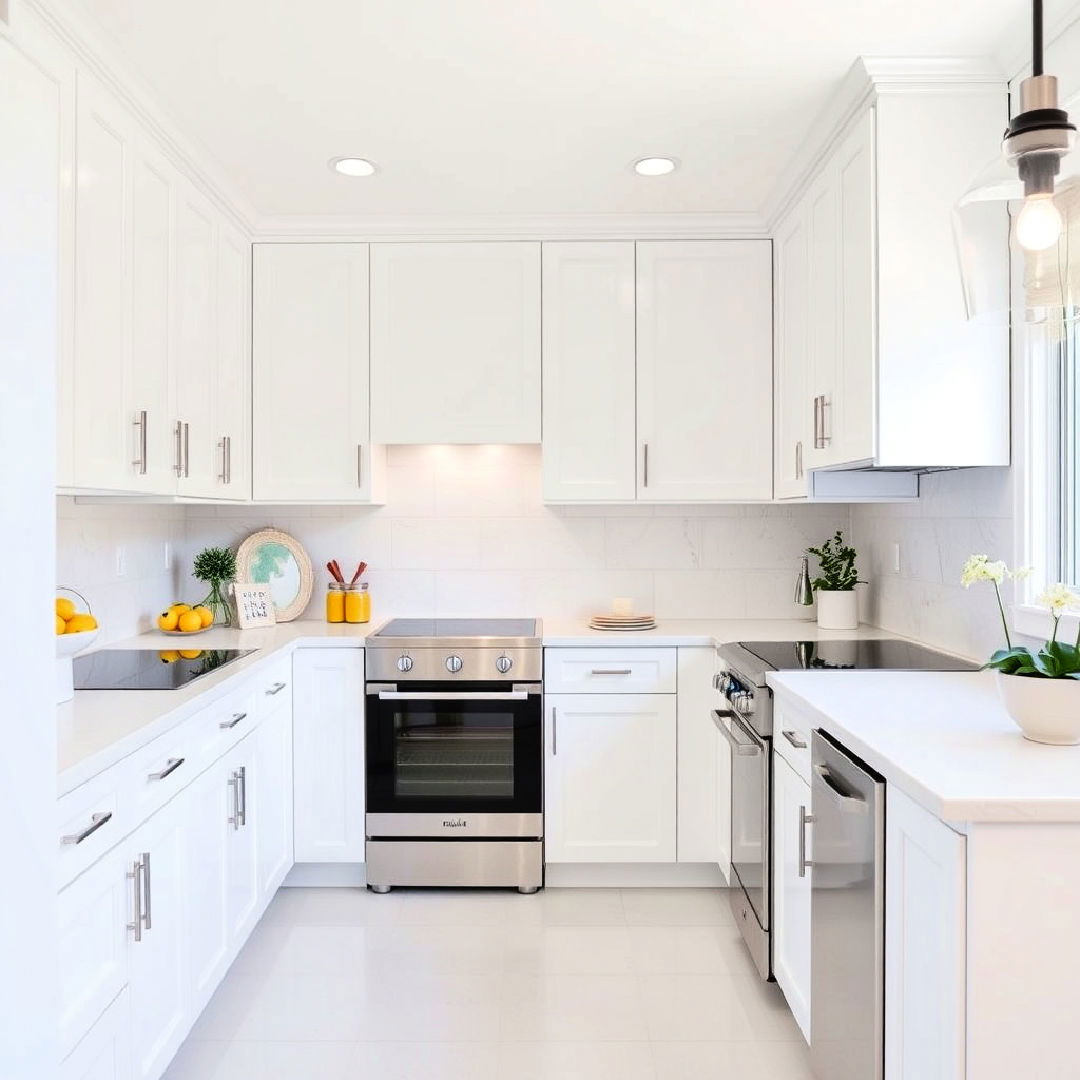
The all-white kitchen became a major trend in the 90s, creating a clean, crisp look that was bright and refreshing. White cabinets, countertops, and backsplashes gave kitchens a streamlined and modern feel, while also making spaces appear larger and more open. This trend was both timeless and practical, appealing to homeowners who valued simplicity and a fresh, uncluttered look.
12. Glass Block Walls
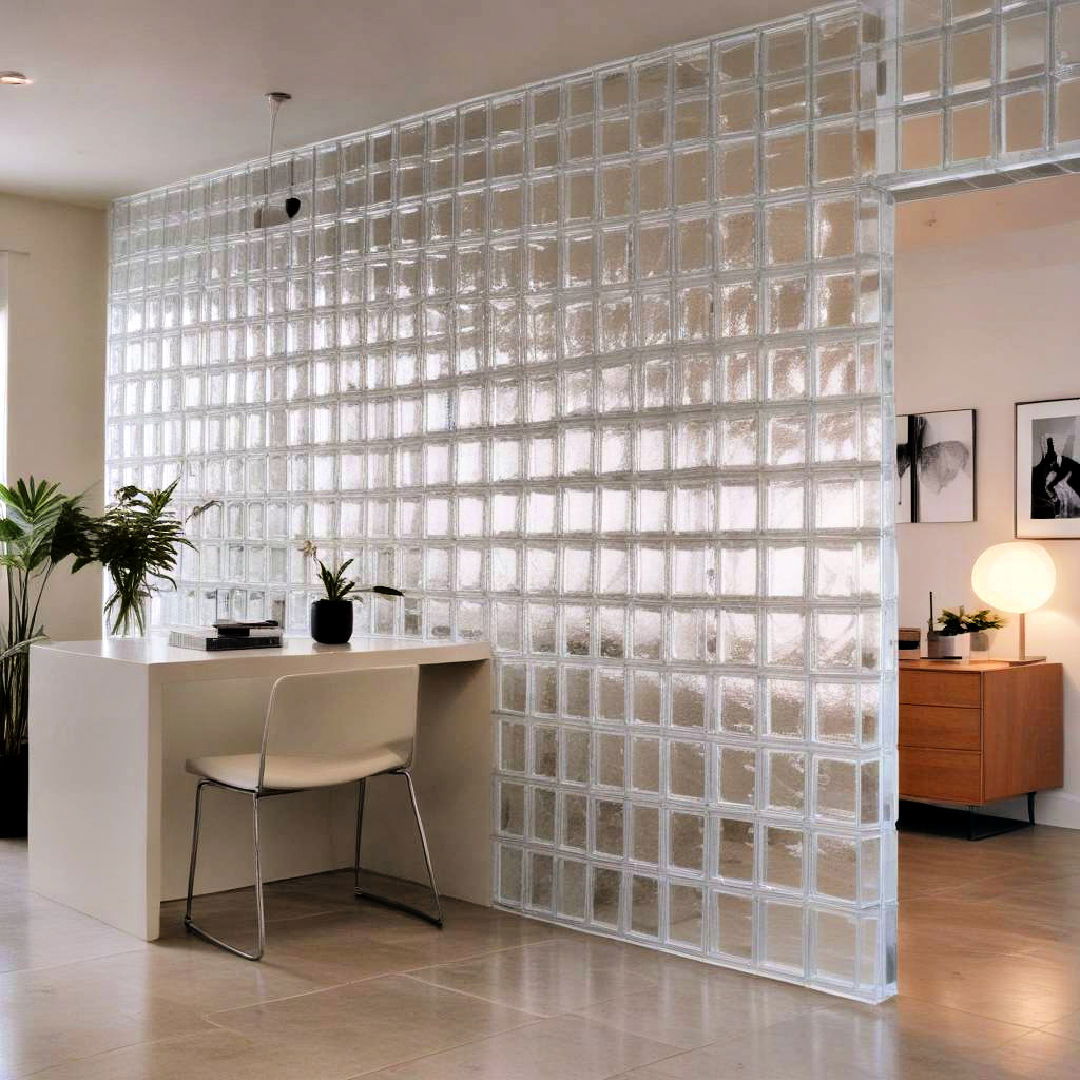
Glass block walls were a popular feature in the 90s, used to divide spaces or add privacy while still allowing light to flow through. These semi-transparent blocks were often found in bathrooms, entryways, or even as room dividers. Glass blocks offered a unique way to create separation without losing light, making them ideal for anyone looking for privacy with a modern twist.
13. Ceiling Fans
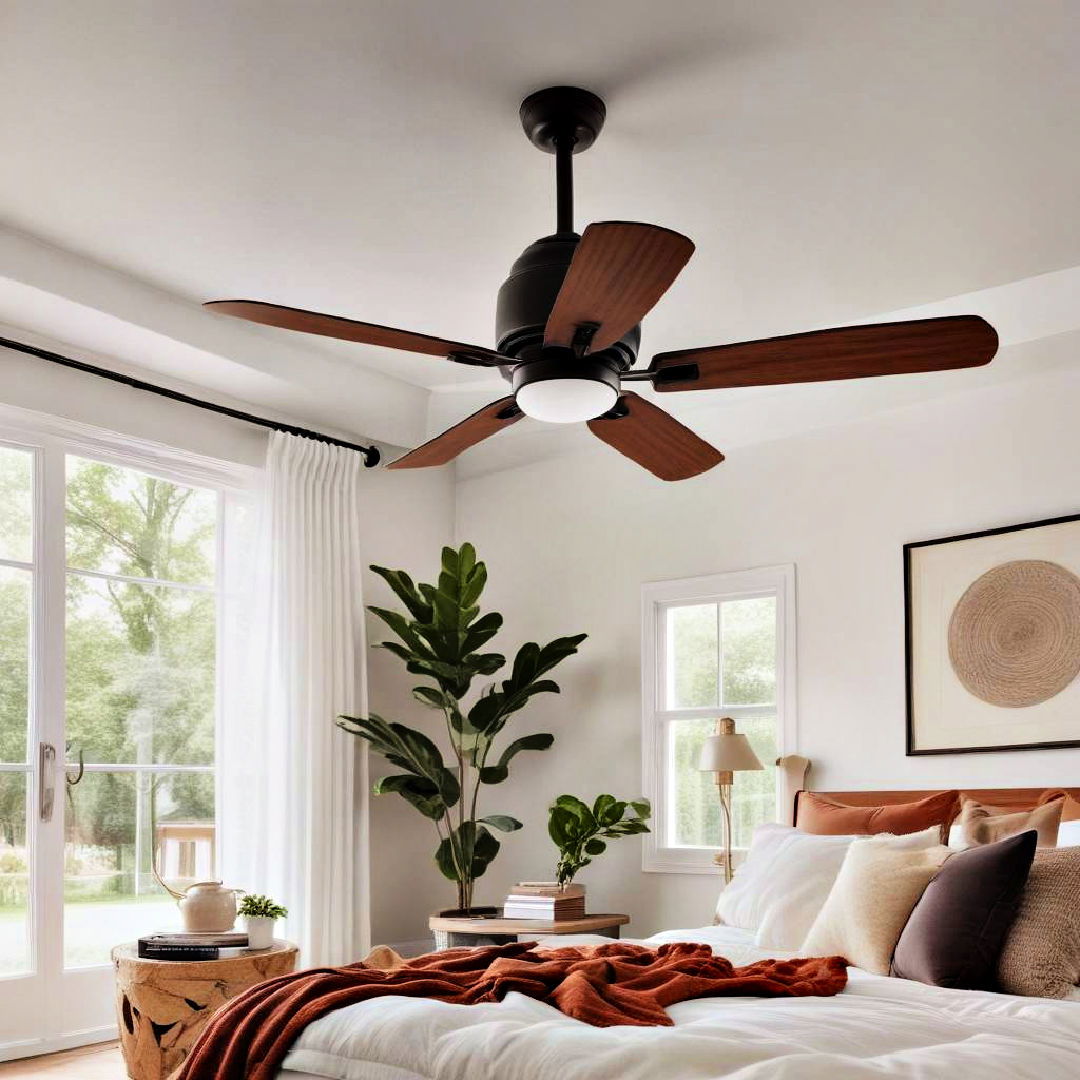
Ceiling fans became a key design element in the 90s, offering both practical cooling solutions and a decorative touch. Fans with wooden or metal blades were often used to add style to bedrooms, living rooms, or outdoor spaces. Beyond functionality, ceiling fans in the 90s were crafted to blend into the décor, with many featuring ornate or minimalist designs that complemented various interiors.
14. Neon and Pastel Accents
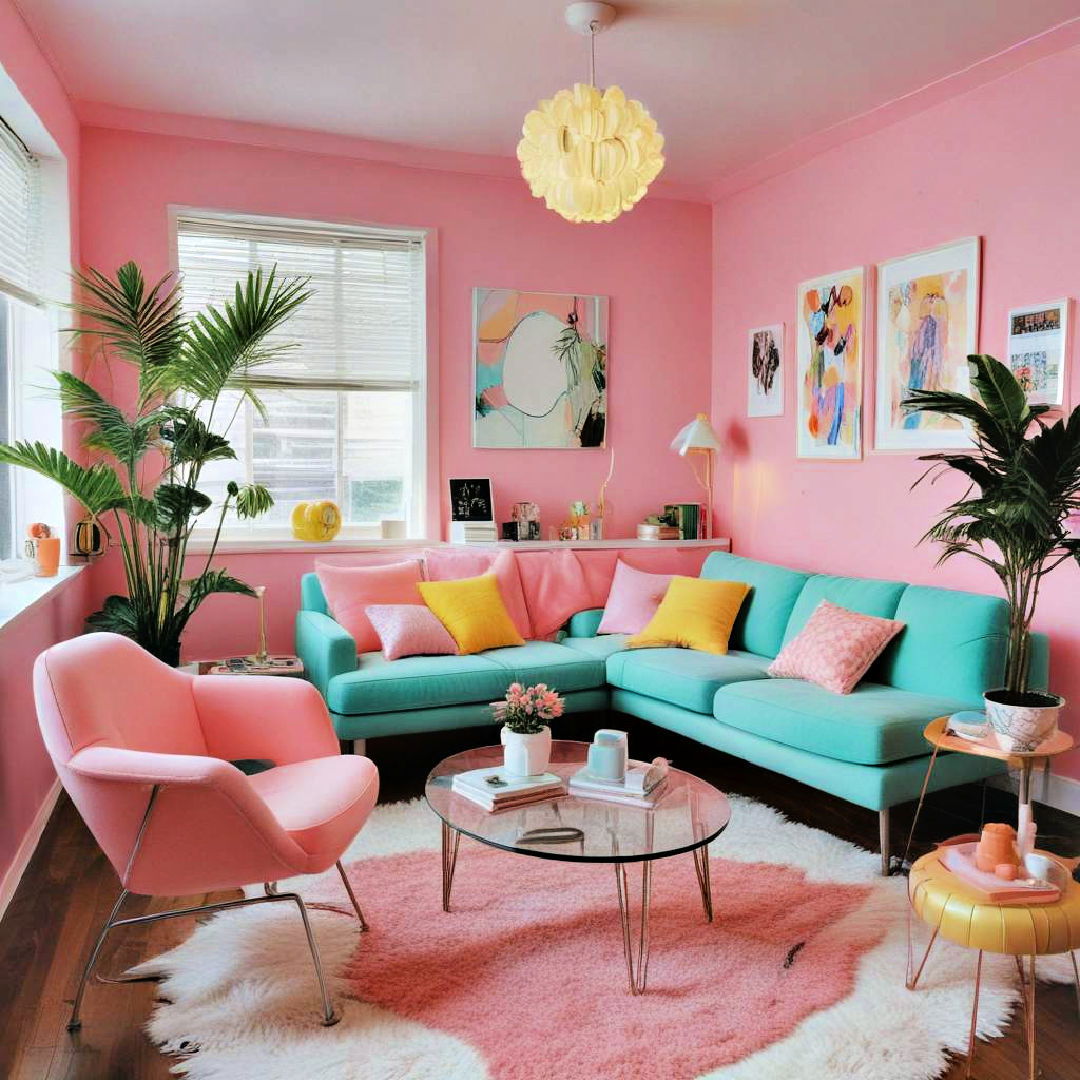
Revisit the past with 1990s interior design, blending minimalist elements and vibrant accents for a fresh, nostalgic look. Neon and pastel accents added a playful, fun edge to 90s interiors. These bright and soft colors were often seen in accessories, artwork, or even furniture pieces, bringing a splash of personality to otherwise neutral spaces. Neon lamps, pastel throw pillows, and bold art prints were just a few ways this trend added vibrant energy to homes, appealing to those who loved a touch of whimsy in their décor.
15. Arched Doorways and Windows
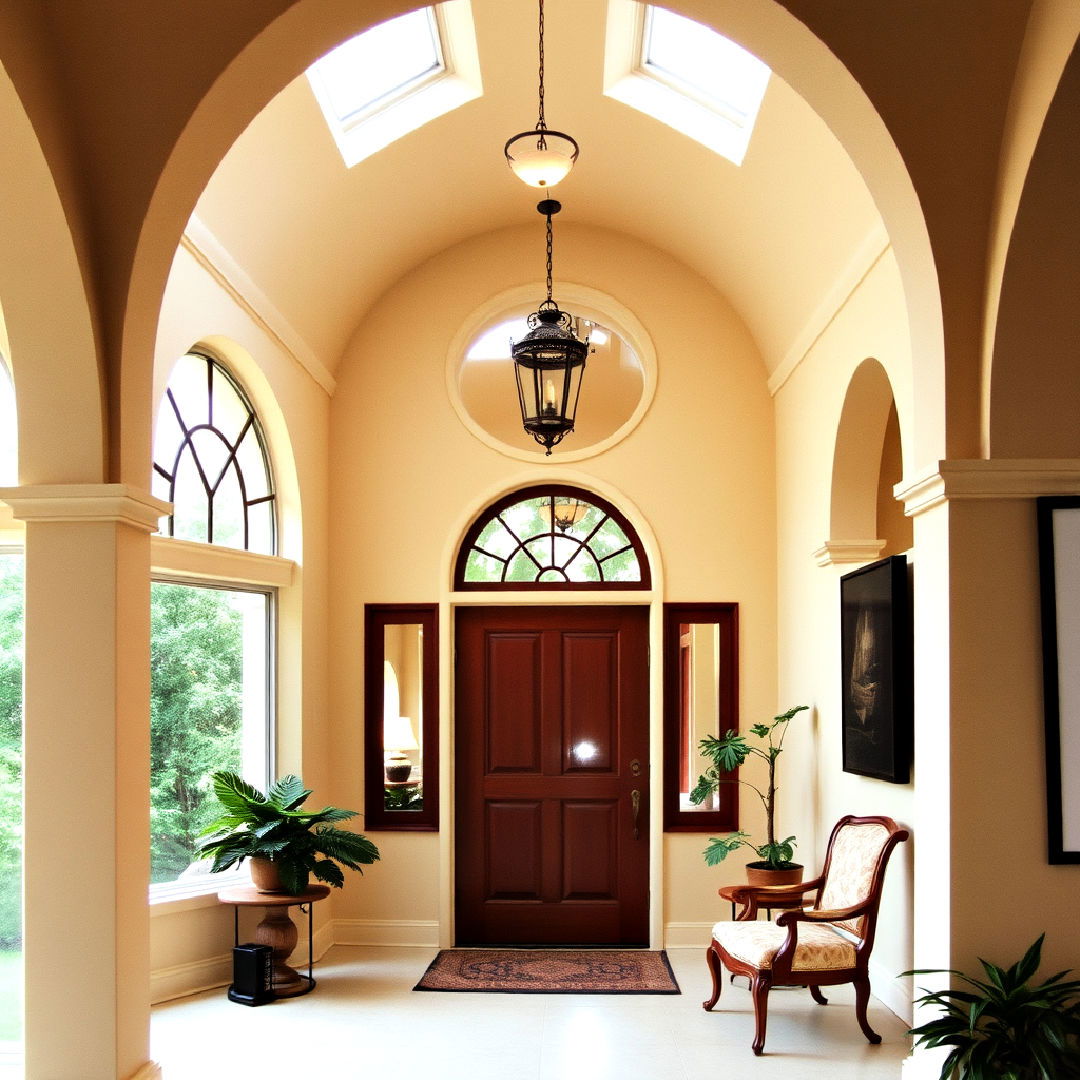
Incorporating arched doorways and windows, a key element in Mediterranean living room ideas, was a hallmark of 90s architectural design. These curved elements softened the sharp angles of traditional architecture and introduced a Mediterranean or vintage feel. Arches were commonly found in living rooms, hallways, and entryways, adding elegance and a classic touch to homes. This trend was perfect for creating a subtle sense of grandeur without overwhelming the space.
16. Bean Bag Chairs

Bean bag chairs were a playful and comfortable seating option that gained popularity in the 90s, especially in casual living rooms and kids' rooms. These oversized, cushy chairs added a laid-back vibe to any space, making them ideal for lounging, reading, or watching TV. With various colors and fabrics available, they became a fun and versatile décor choice for creating cozy, relaxed spaces.
17. Minimalist Scandinavian Design
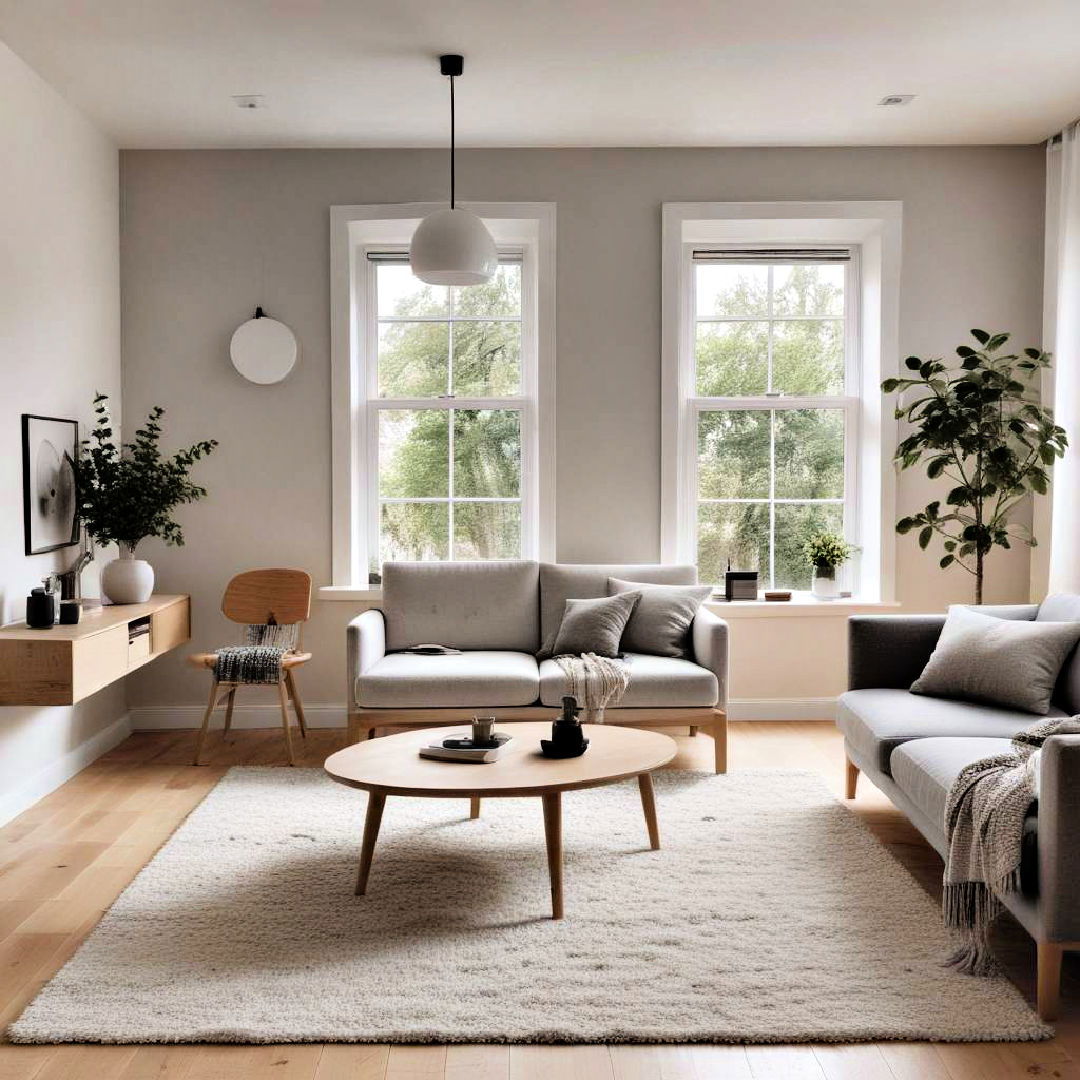
The 90s saw the rise of minimalist Scandinavian design, which emphasized clean lines, functional furniture, and natural materials like wood and wool. This style focused on simplicity and practicality, creating uncluttered, serene environments. It was perfect for those looking to balance modern aesthetics with comfort, making homes feel airy, organized, and calming.
18. Wall-to-Wall Carpeting
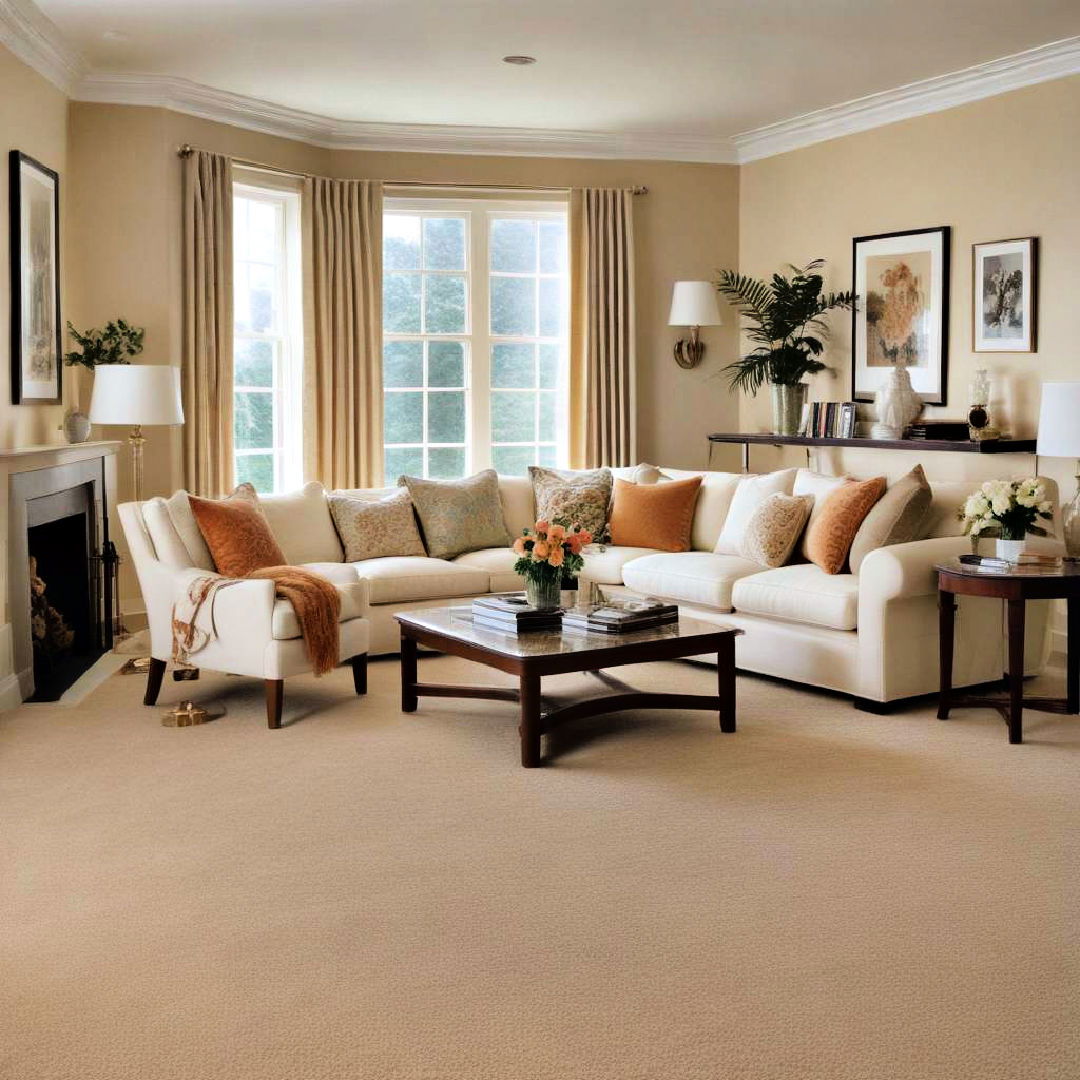
Wall-to-wall carpeting was a major feature in 1990s homes, providing softness and warmth underfoot in living rooms, bedrooms, and even bathrooms. Carpeting was often installed in neutral tones like beige, gray, or cream, making it a versatile backdrop for various furniture styles. This trend prioritized comfort and insulation, ideal for families and those who enjoyed cozy, plush interiors.
19. Southwestern Influence
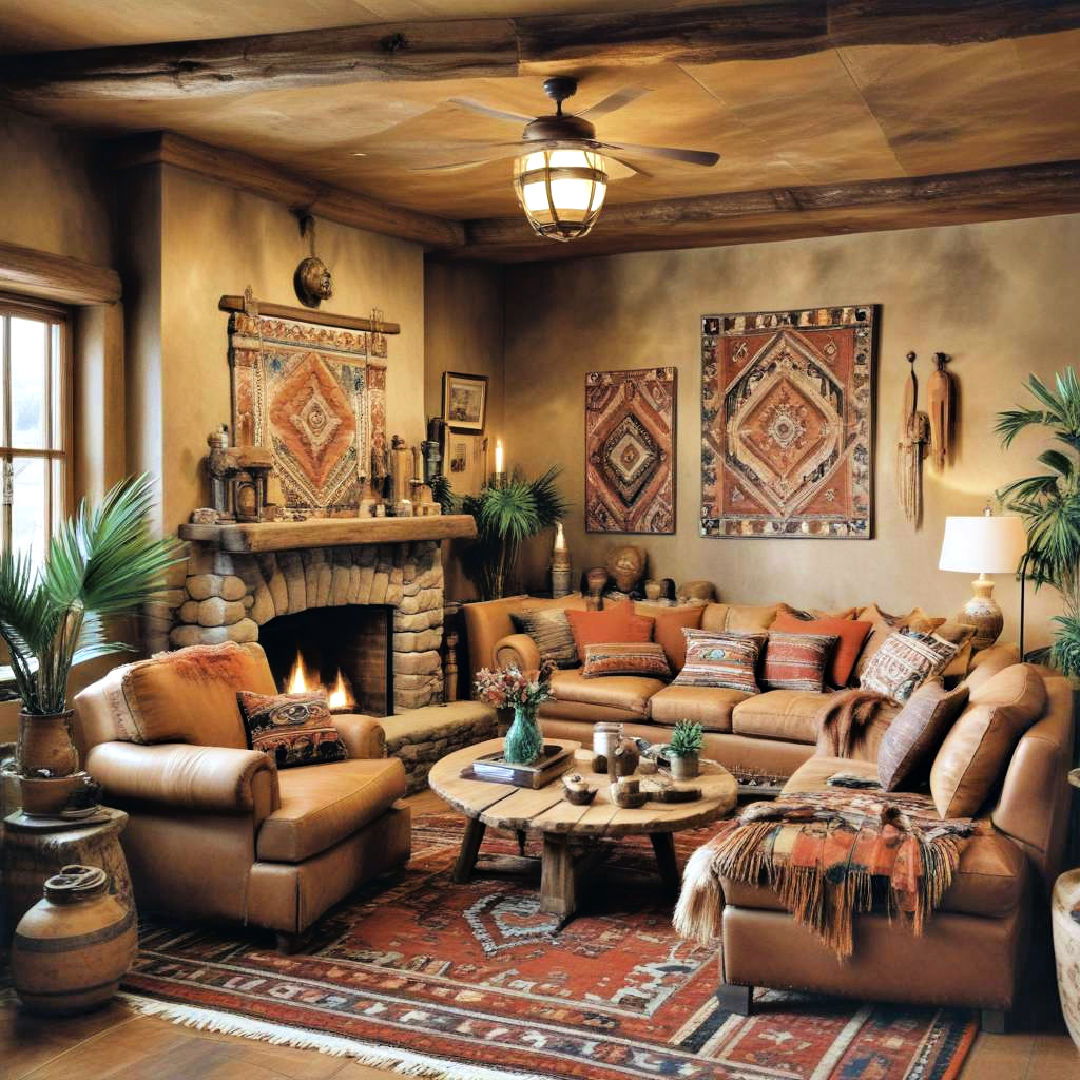
Inspired by the American Southwest, this trend introduced earthy colors, rustic textures, and patterns like Navajo prints into 90s interiors. Terracotta tiles, woven rugs, and sun-faded colors like coral, turquoise, and sand were common elements. This style brought a warm, desert-inspired aesthetic that was both laid-back and culturally rich, making it perfect for anyone looking to introduce a bit of southwestern charm into their home.
20. Matching Furniture Sets
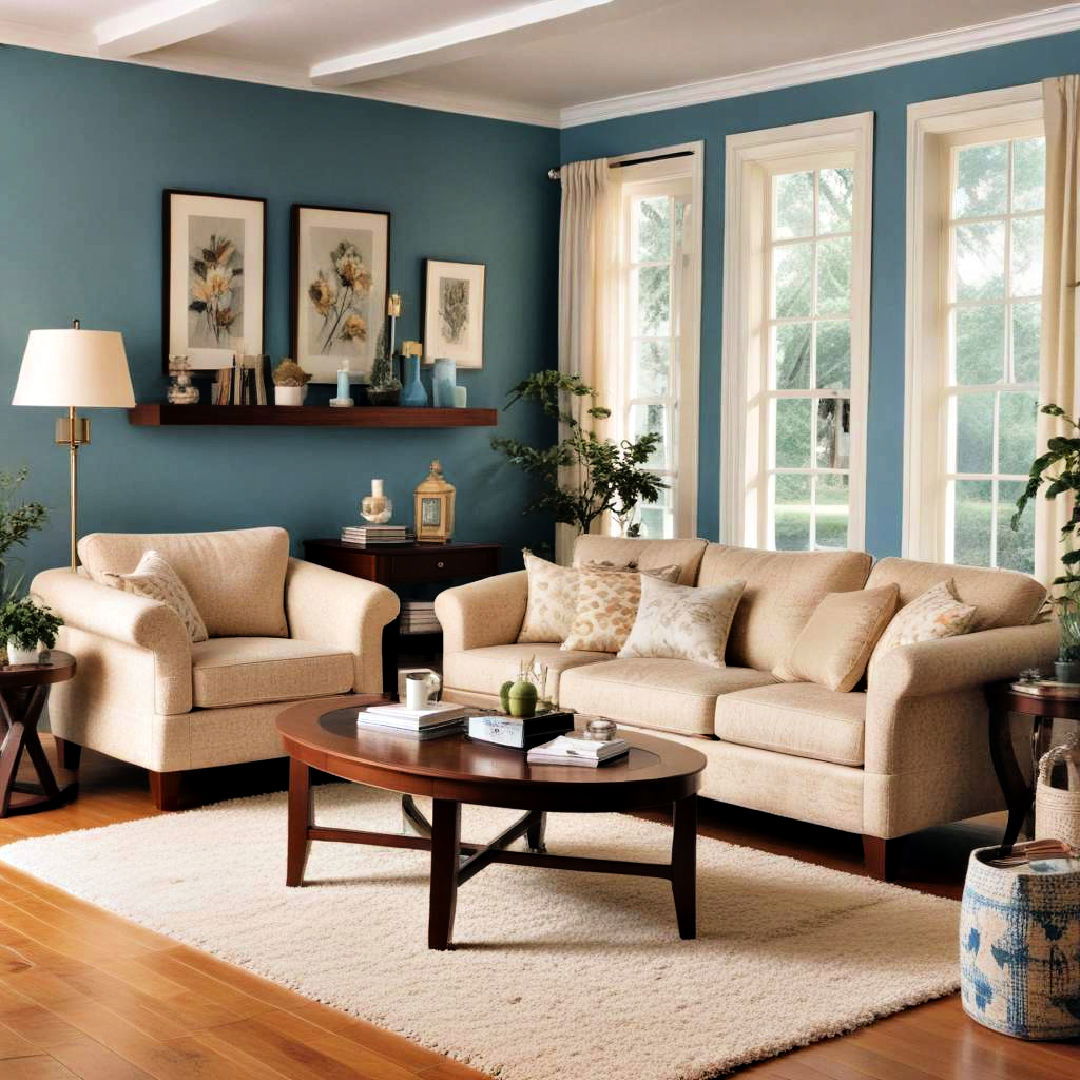
Transform your space with a 90s house interior, featuring retro furniture, bold textures, and a mix of modern and vintage styles. Matching furniture sets, especially in living rooms and bedrooms, were a popular design choice in the 90s. This meant buying sofas, chairs, and tables from the same collection for a coordinated, polished look. While it offered a sense of cohesion and order, it could sometimes feel overly uniform. This trend appealed to those who wanted a consistent, harmonious design without the challenge of mixing different styles.
21. Vertical Blinds
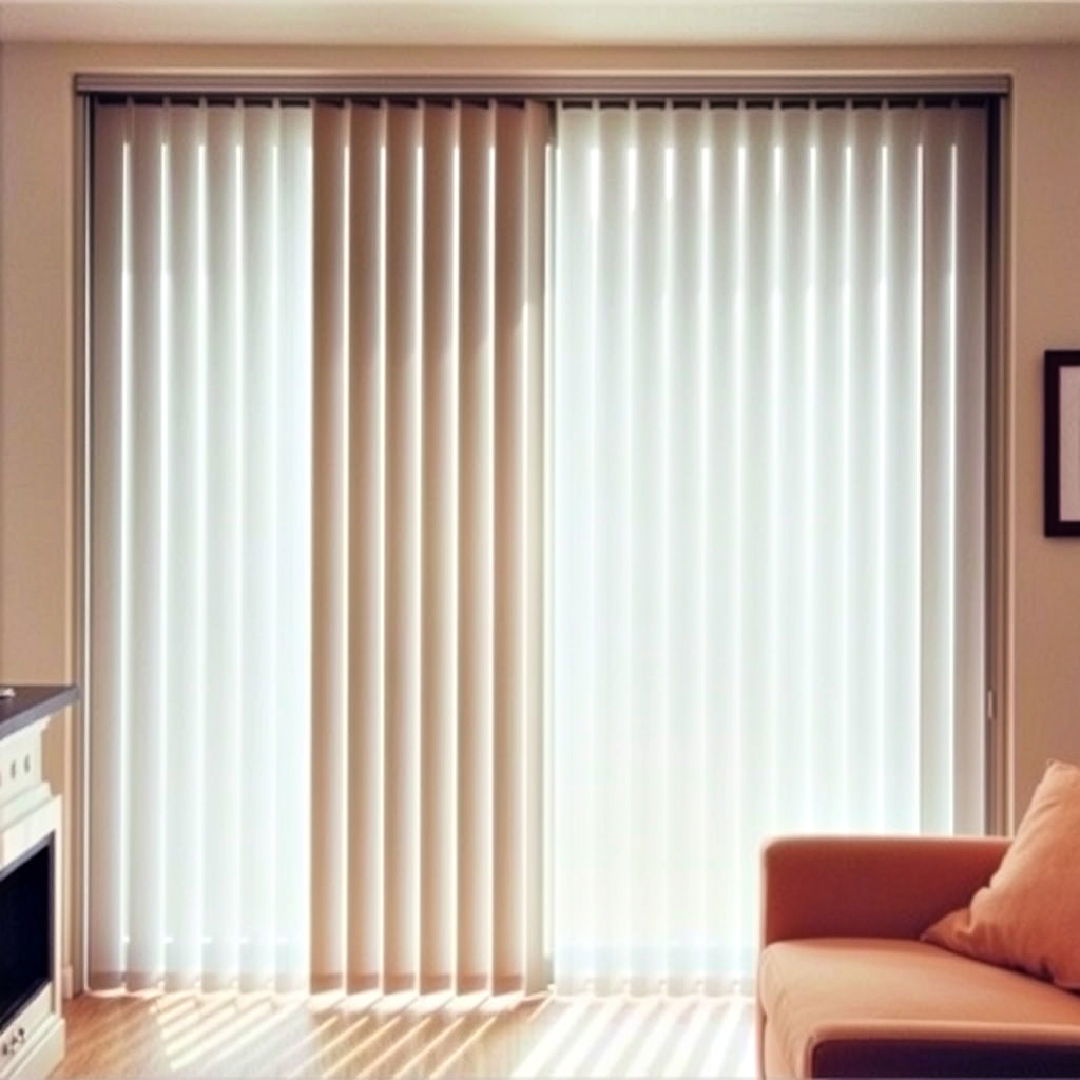
Vertical blinds became a go-to window treatment during the 90s, particularly for large windows and sliding glass doors. Available in a range of materials, from vinyl to fabric, they provided a practical way to control light while maintaining a clean, streamlined look. Vertical blinds offered easy functionality and were perfect for those seeking modern window treatments that could adapt to various room styles.
22. Futons
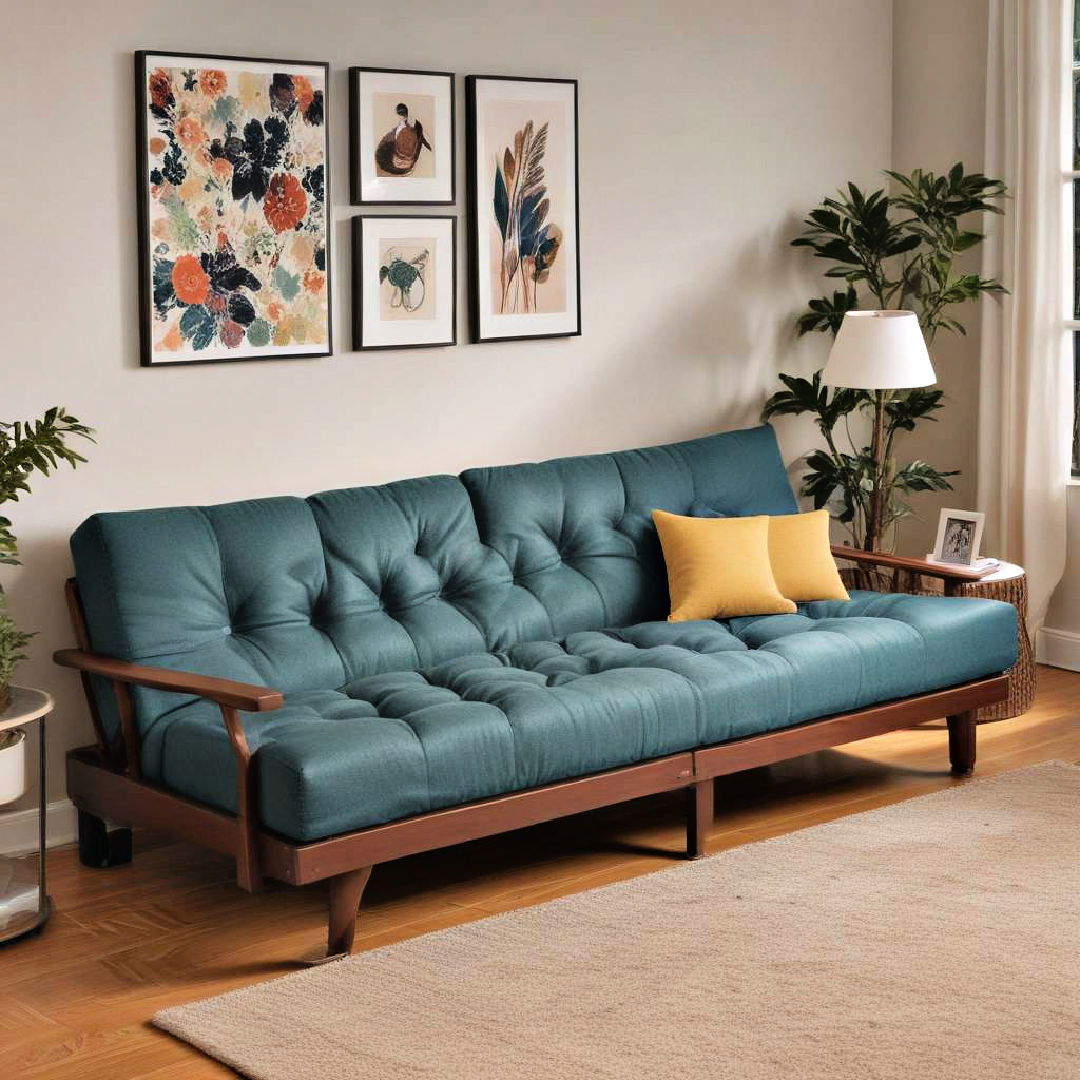
Futons, the versatile couch-bed hybrids, were a staple in many 90s homes, especially in smaller apartments or guest rooms. They provided a functional solution for limited spaces, serving as both seating and sleeping areas. Futons often featured metal or wooden frames and were easy to fold out, making them ideal for casual, multipurpose living spaces.
23. Sculptural Wall Art
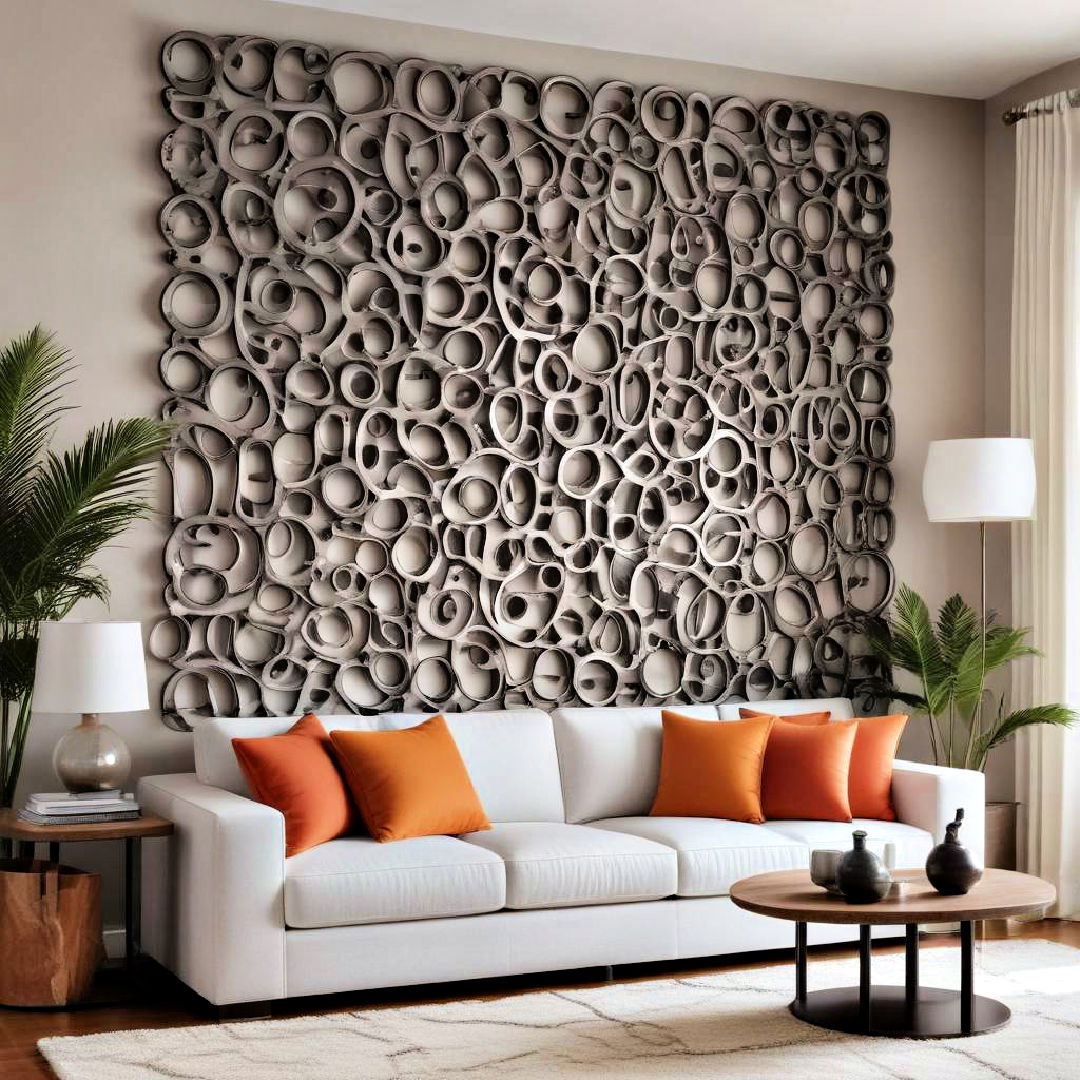
Large, sculptural wall art made of metal or wood was a popular way to add a modern, artistic touch to homes in the 1990s. Often abstract in design, these pieces served as focal points on walls, bringing a sense of dimension and creativity to otherwise plain spaces. This trend was perfect for adding visual interest and personality to living rooms, hallways, or dining areas.
24. Bamboo and Rattan Furniture
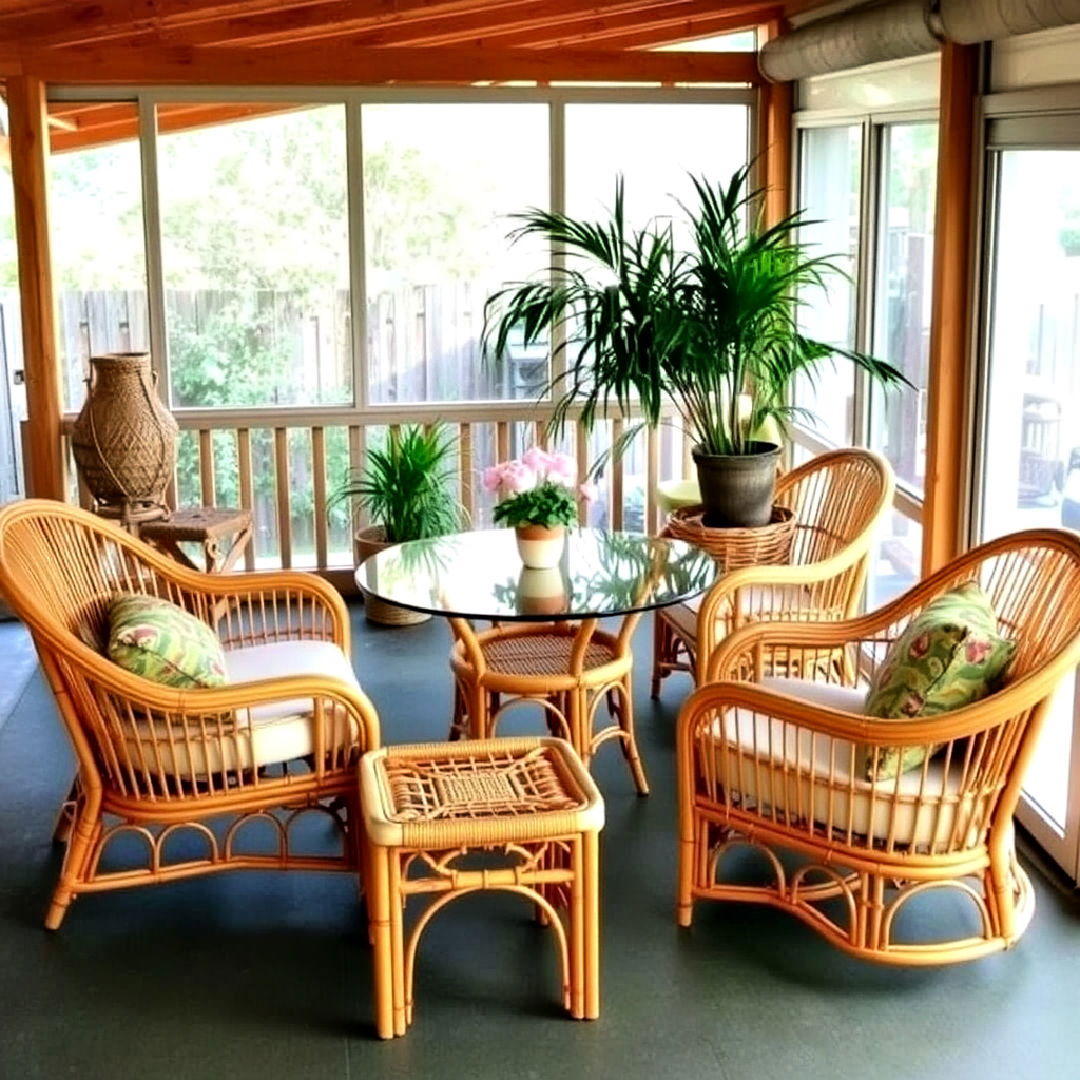
Bamboo and rattan furniture made a comeback in the 90s, adding a natural, tropical feel to homes. Commonly found in sunrooms, patios, or beach-inspired interiors, these materials brought a relaxed, outdoor vibe indoors. Lightweight yet durable, bamboo and rattan pieces were versatile, often paired with cushioned seating or glass tabletops to create a casual yet stylish setting.
25. Hunter Green Accents
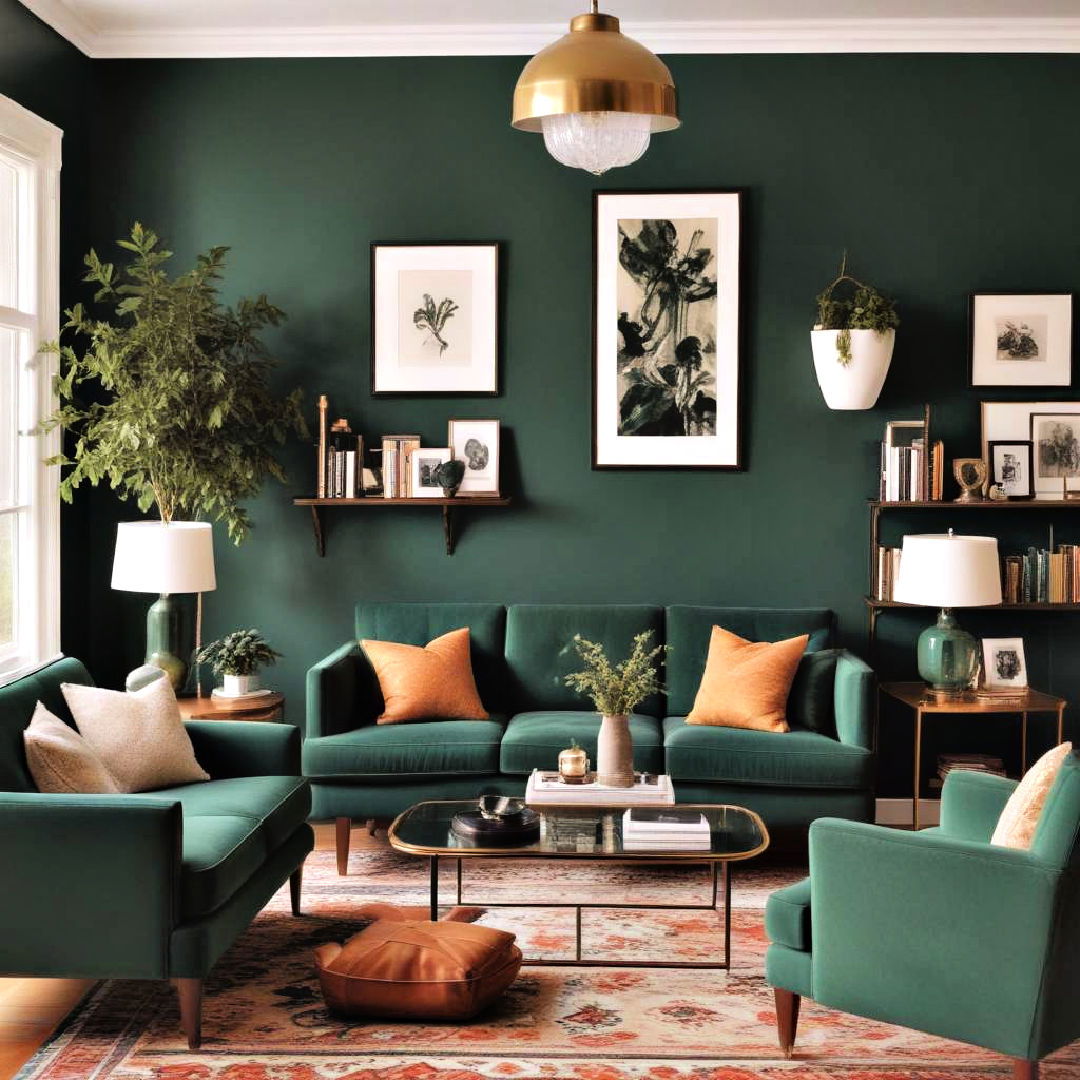
Hunter green was a signature color in 90s interiors, frequently used as an accent on walls, furniture, and accessories. This rich, deep green added a sense of luxury and calm to spaces, often paired with dark wood finishes and brass hardware. The trend was ideal for anyone seeking a sophisticated yet earthy touch, bringing a classic color into a variety of interior styles.
Conclusion:
As we've explored, the 1990s were a pivotal period in interior design, marked by bold patterns, vibrant colors, and a playful spirit. From the cozy comfort of floral upholstery to the sleek lines of Scandinavian minimalism, the 90s offered a diverse range of styles that continue to inspire and delight us today. Whether you're looking to embrace a full-blown 90s revival or simply add a few retro touches to your home, these timeless trends offer endless possibilities. So, go ahead and channel your inner 90s design enthusiast! Let those creative juices flow and infuse your living spaces with the warmth, charm, and playful energy of this unforgettable decade.
Key Takeaways:
- The 1990s were a vibrant era for interior design, marked by bold colors, patterns, and a mix of contrasting styles.
- Many 90s design trends, such as floral upholstery, earth tones, and open shelving, are experiencing a resurgence in popularity today.
- Embracing 90s design elements can add warmth, charm, and a touch of playful nostalgia to your home.
- Whether you opt for a full 90s revival or incorporate subtle retro accents, these timeless trends offer endless possibilities for creative expression.
What to Do Next:
- Get Inspired: Explore the 25 adorable 1990s interior design ideas discussed in this article and discover which ones resonate with your personal style.
- Start Experimenting: Don't be afraid to mix and match different 90s trends to create a unique and personalized look for your home.
- Share Your Creations: If you've already embraced 90s design elements in your home, we'd love to see your creations! Share your photos on social media and tag us.
- Stay Tuned: Keep an eye on our blog for more design inspiration and tips on incorporating vintage trends into your modern living spaces.
Remember, interior design is a journey of self-expression. Have fun, be bold, and let the spirit of the 90s guide you as you transform your home into a haven of retro charm and modern comfort.

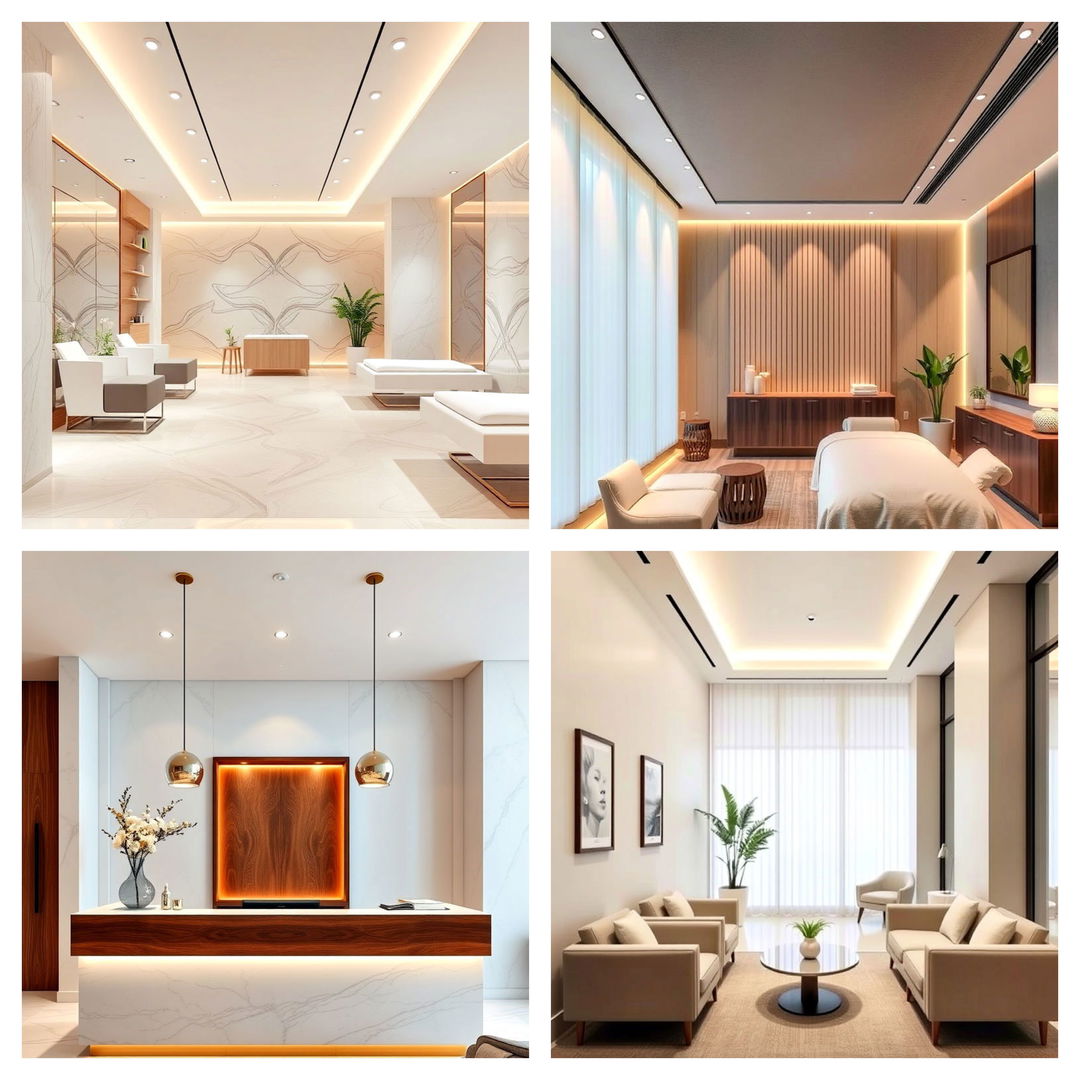
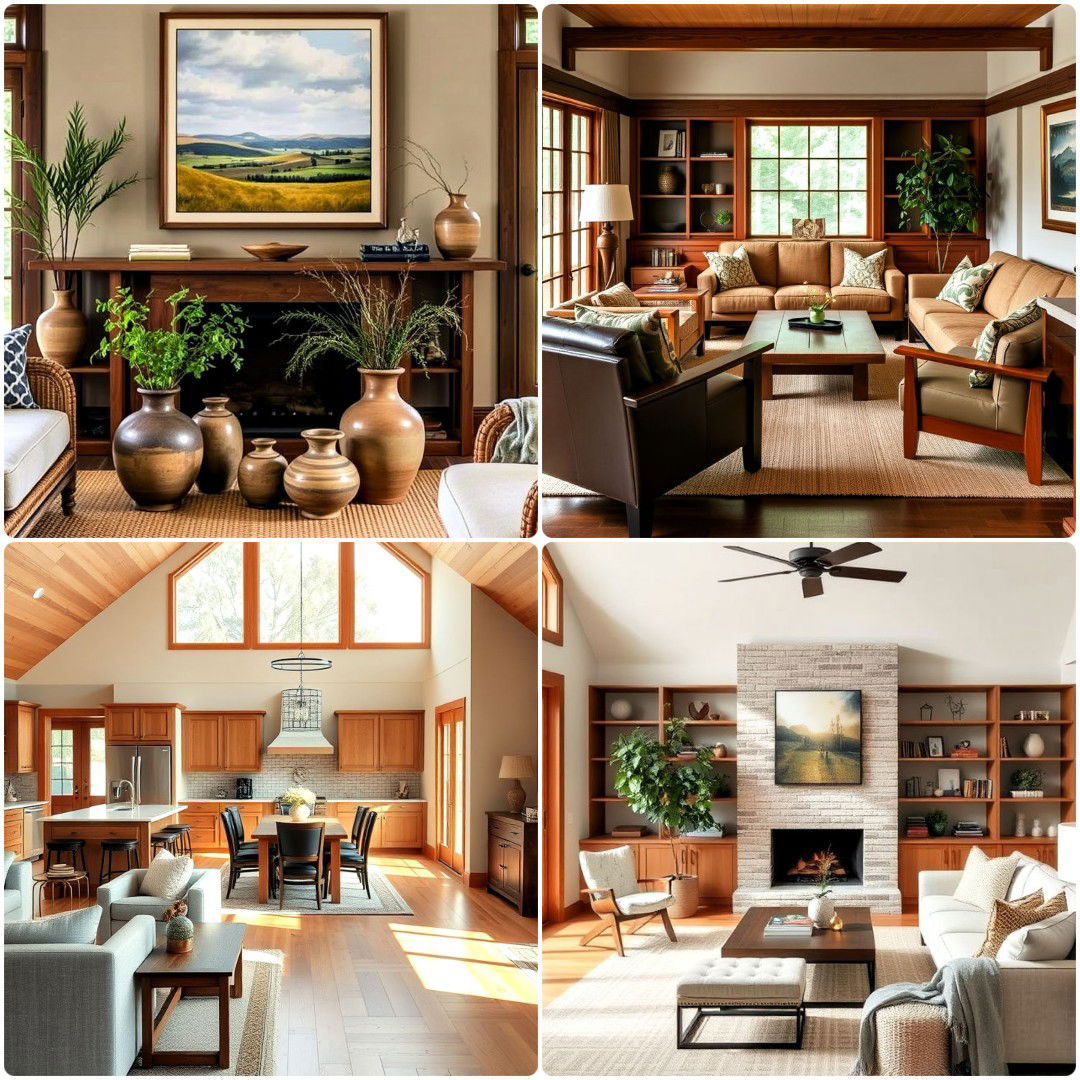
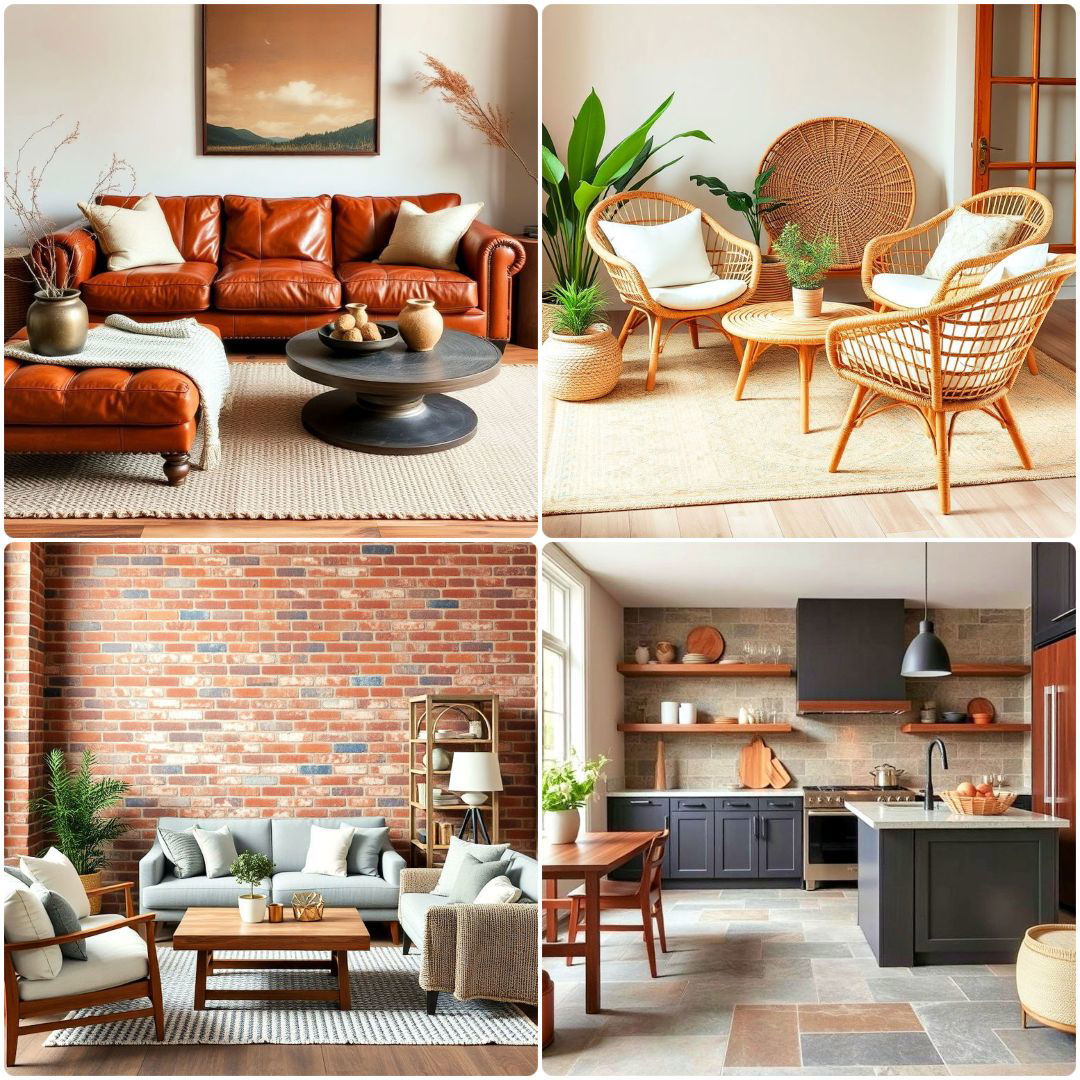
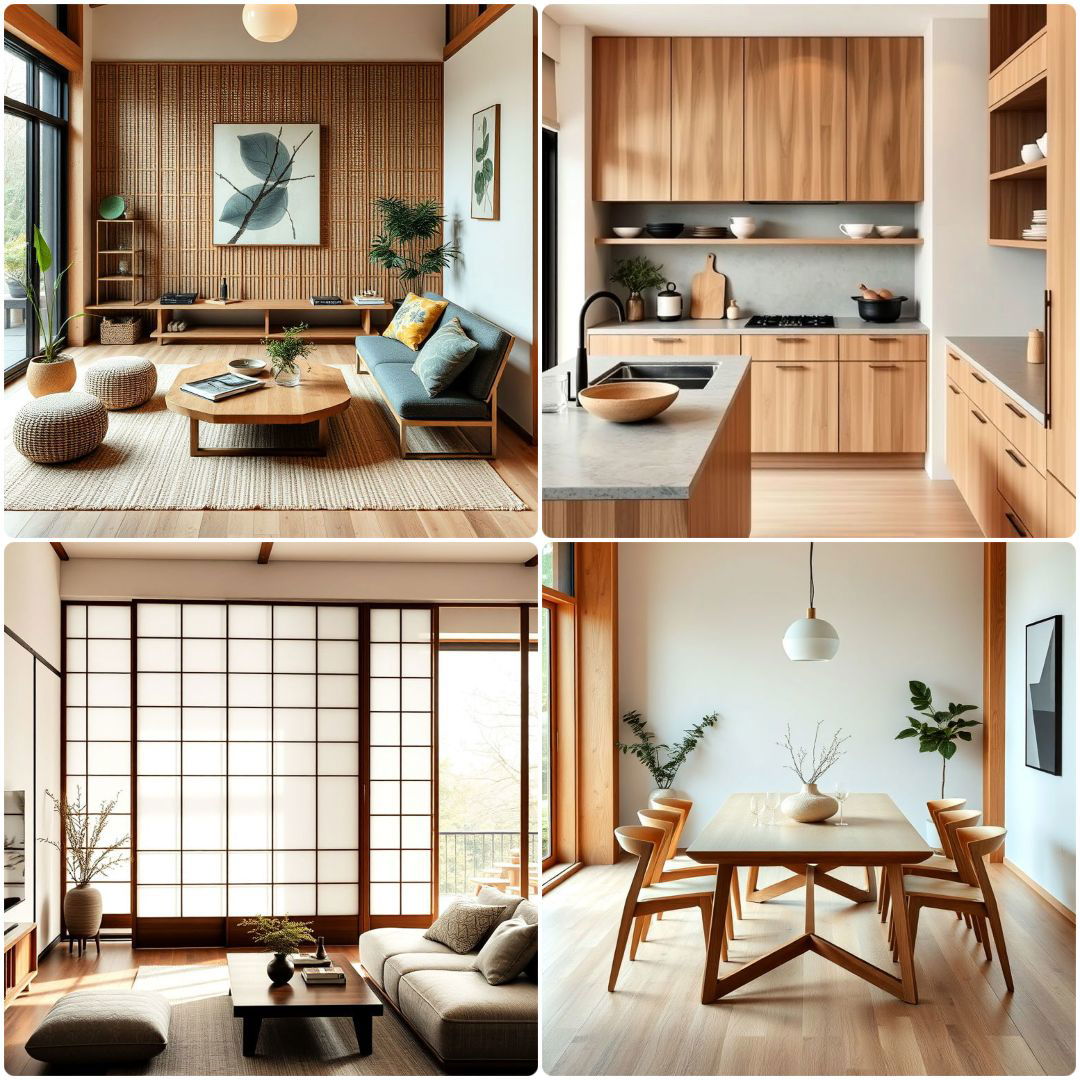

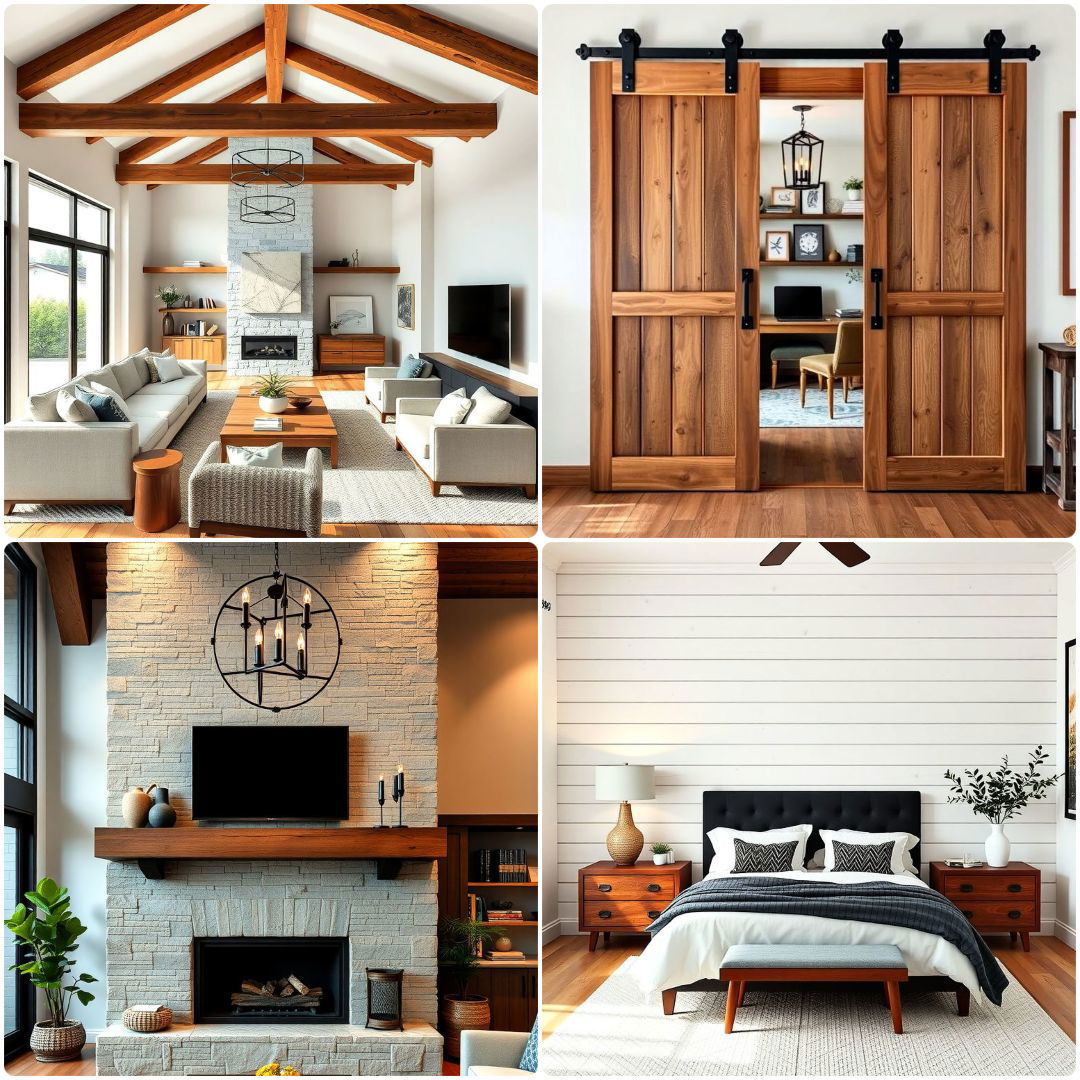
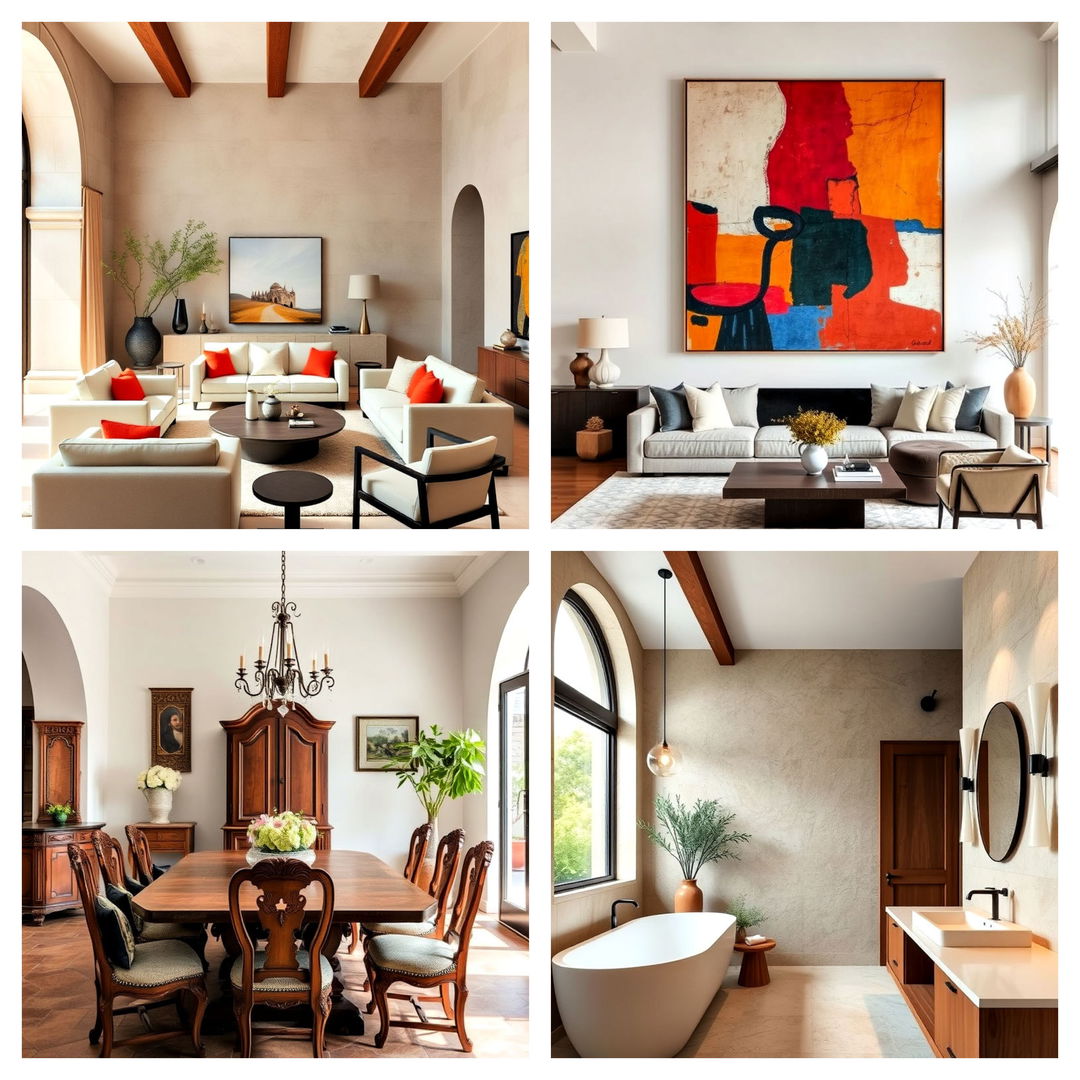
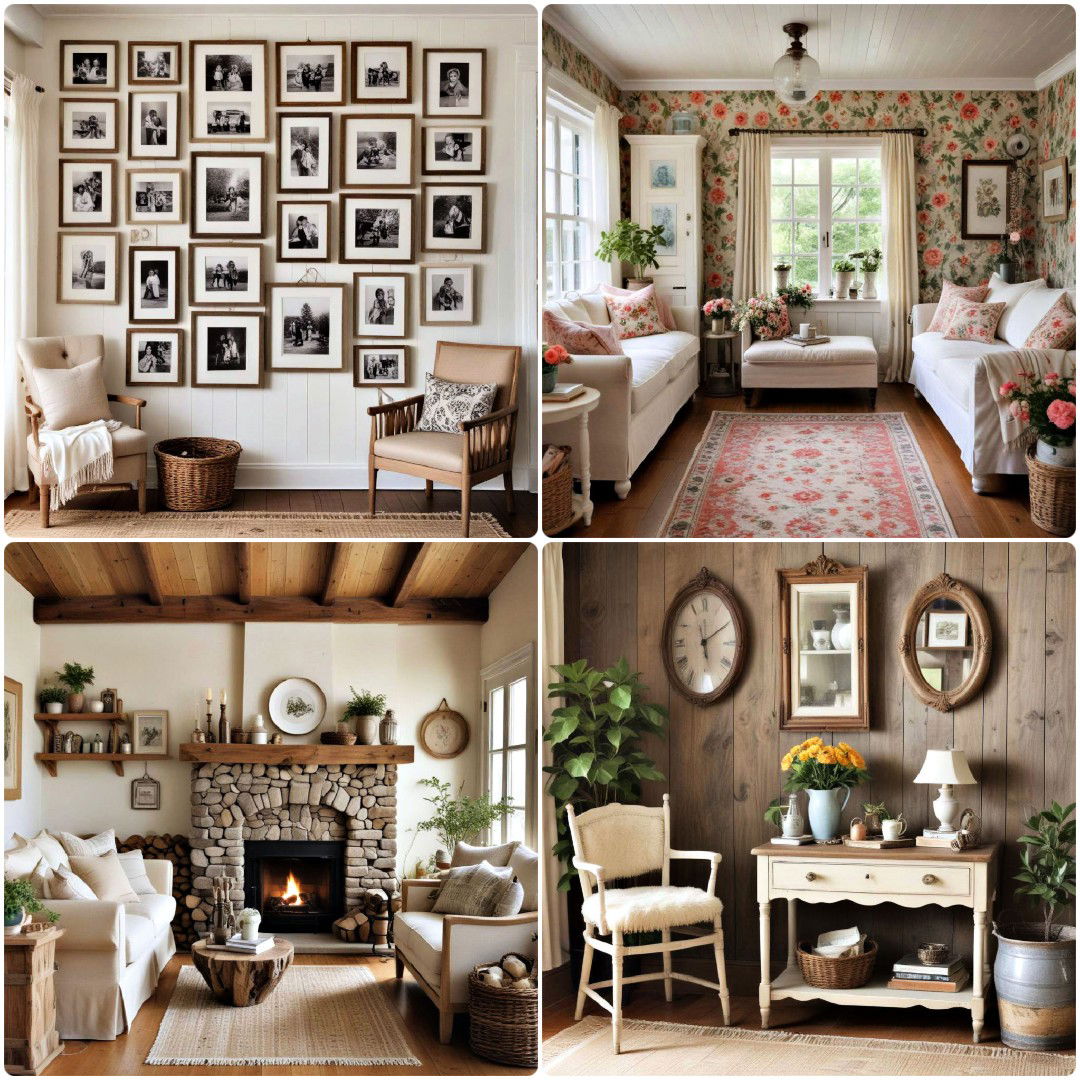
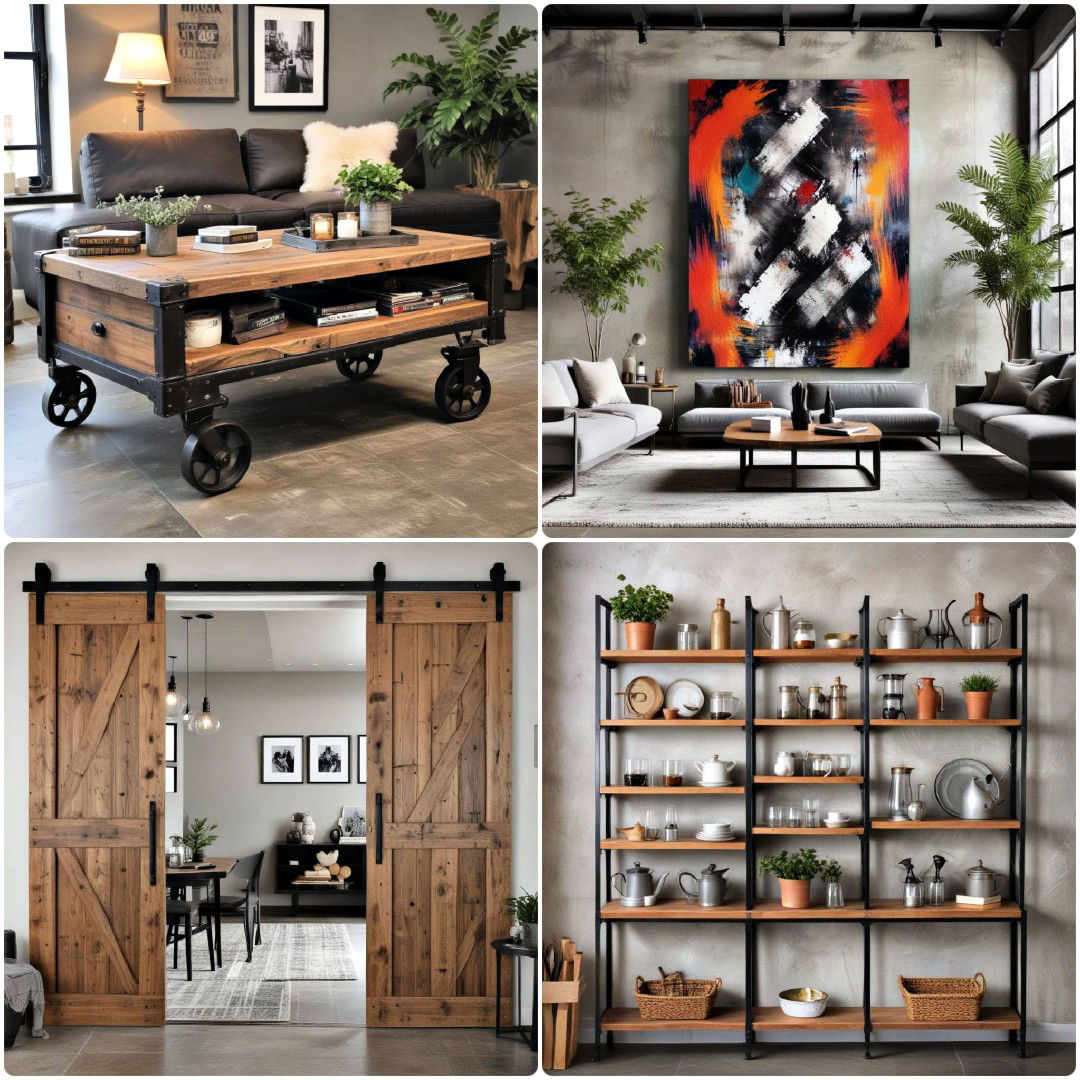
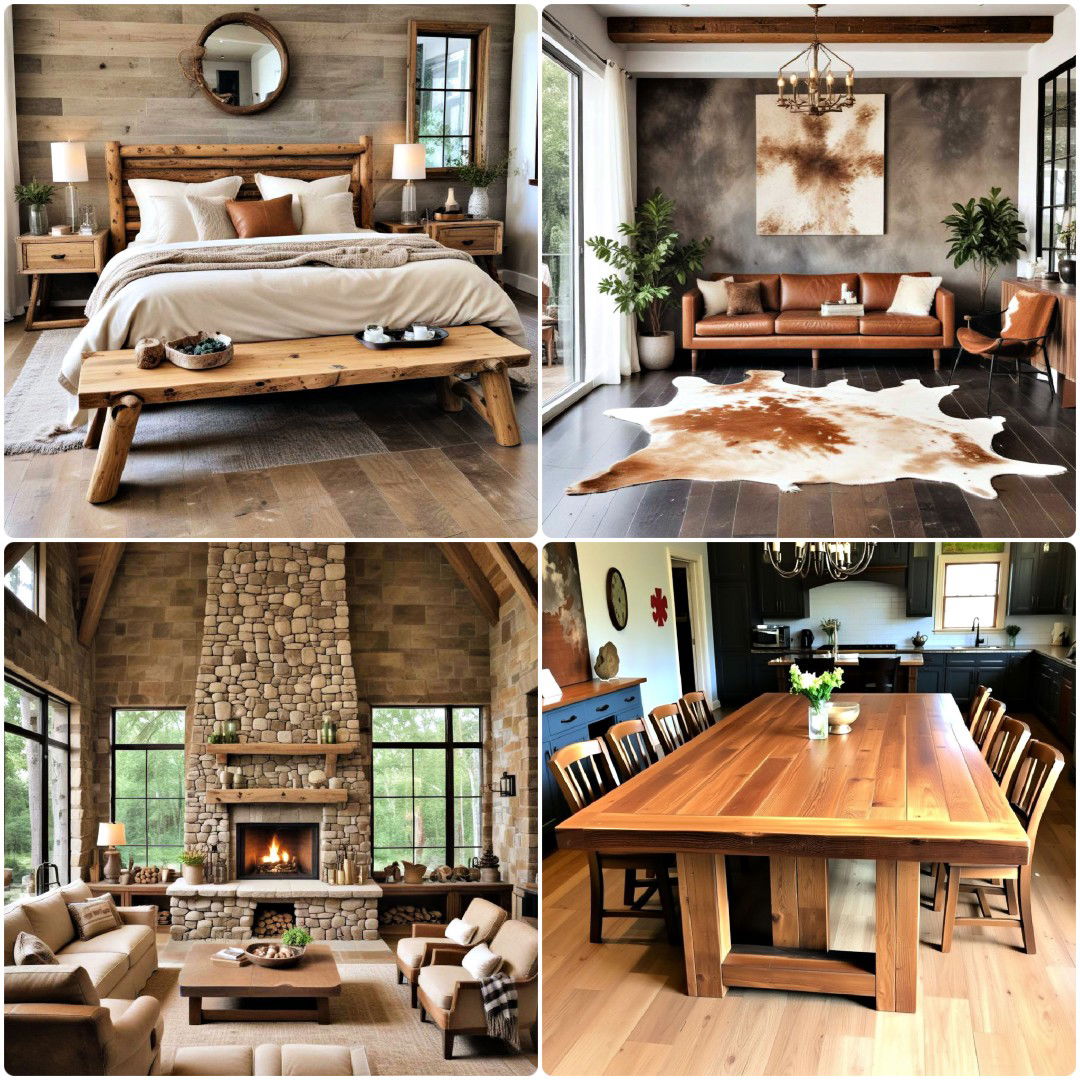
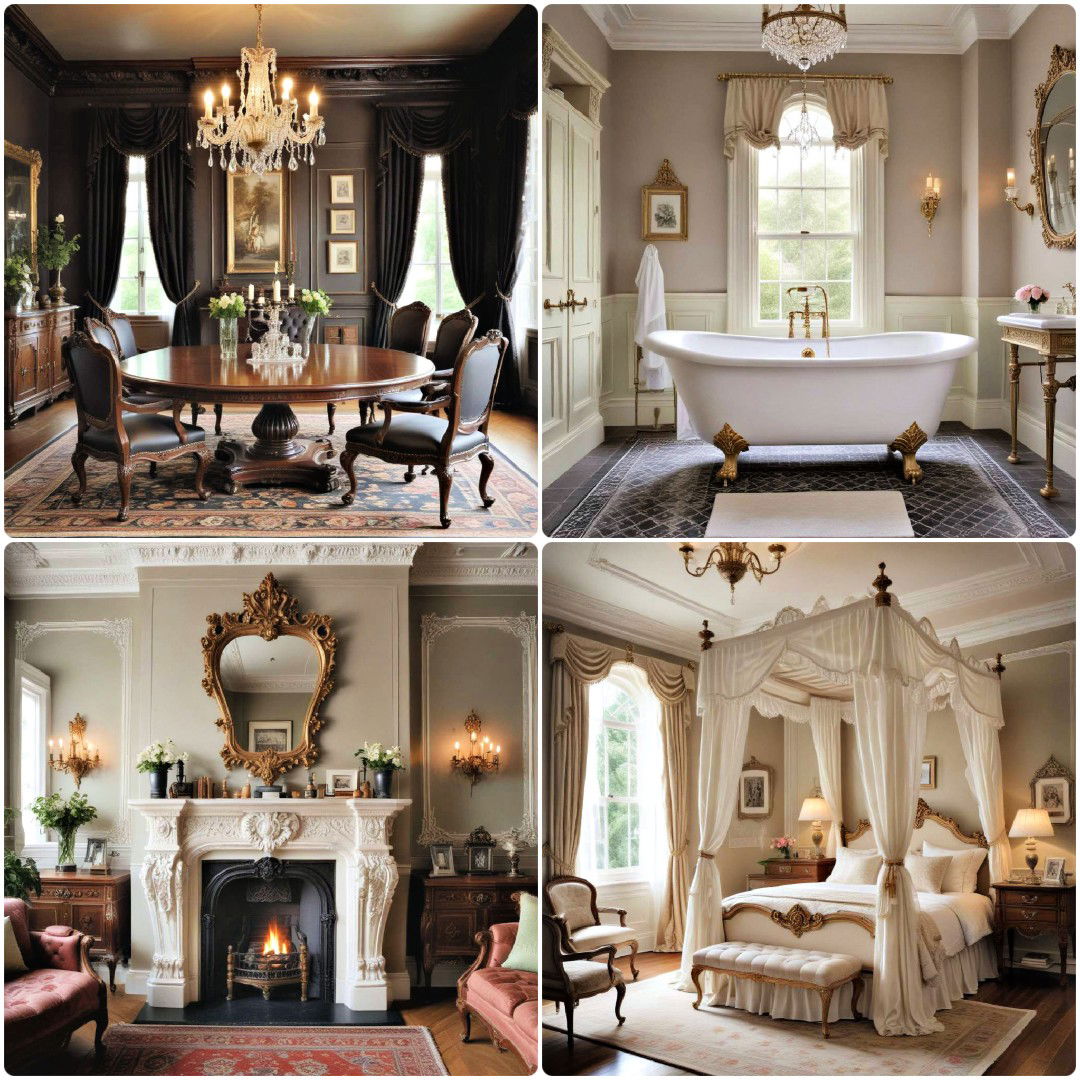
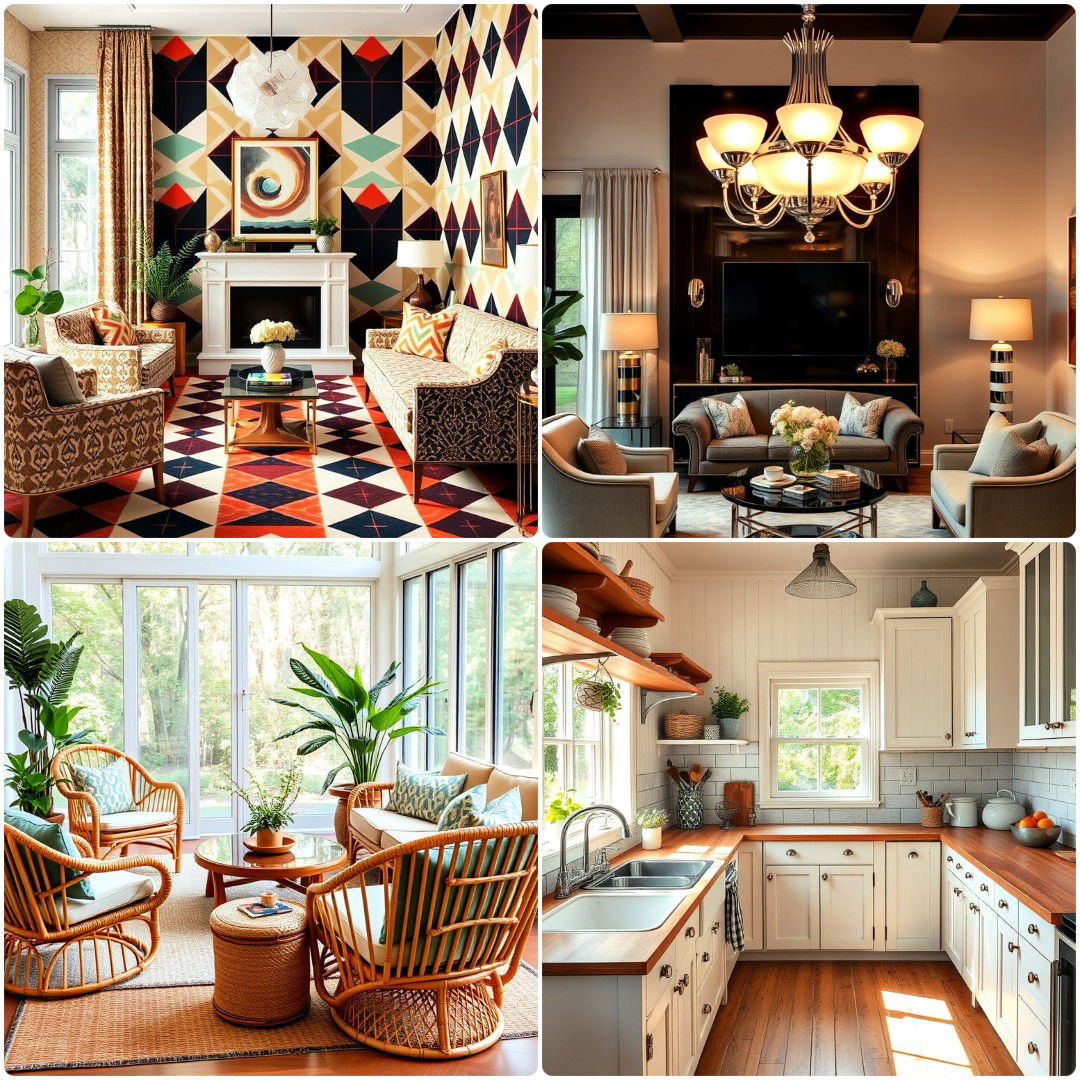
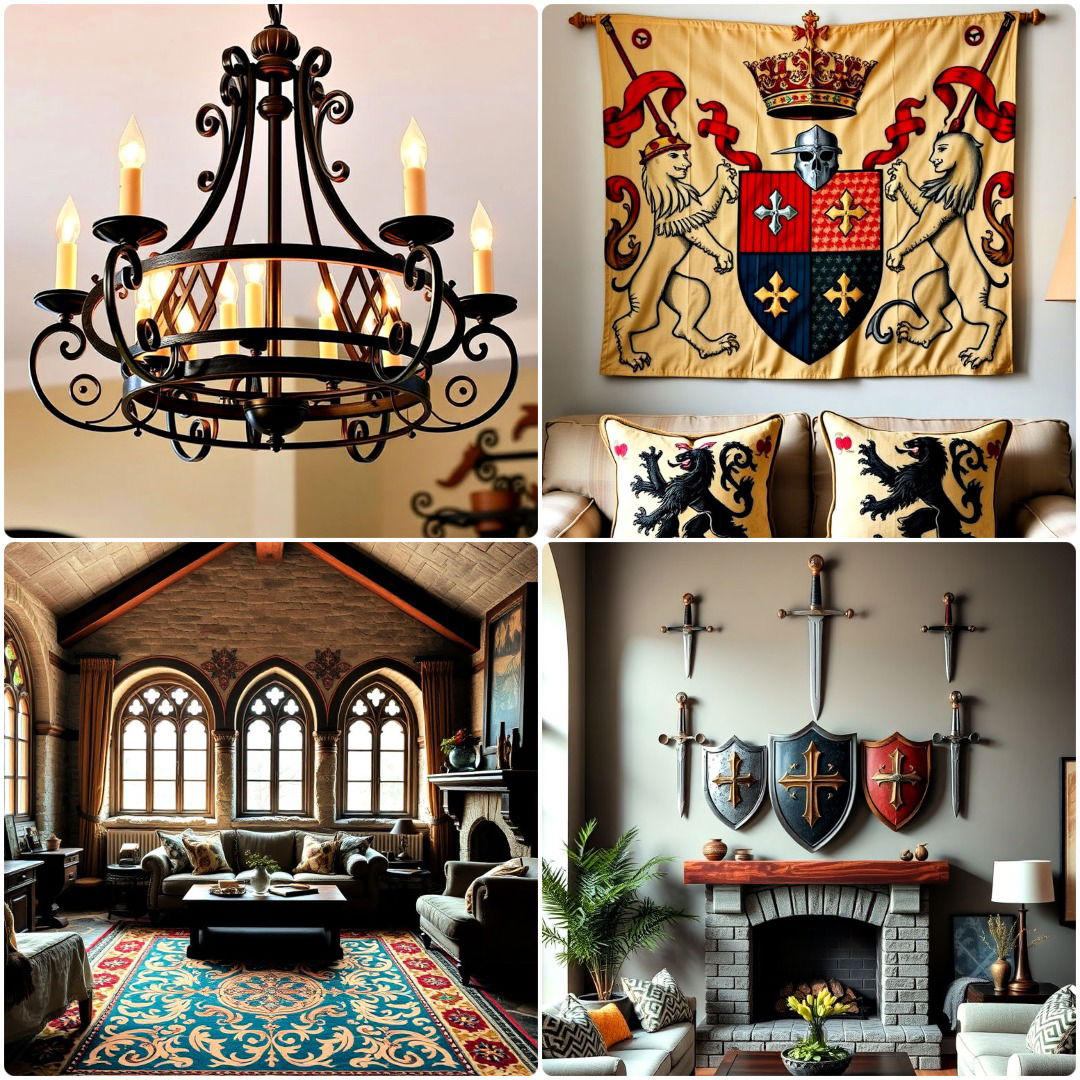
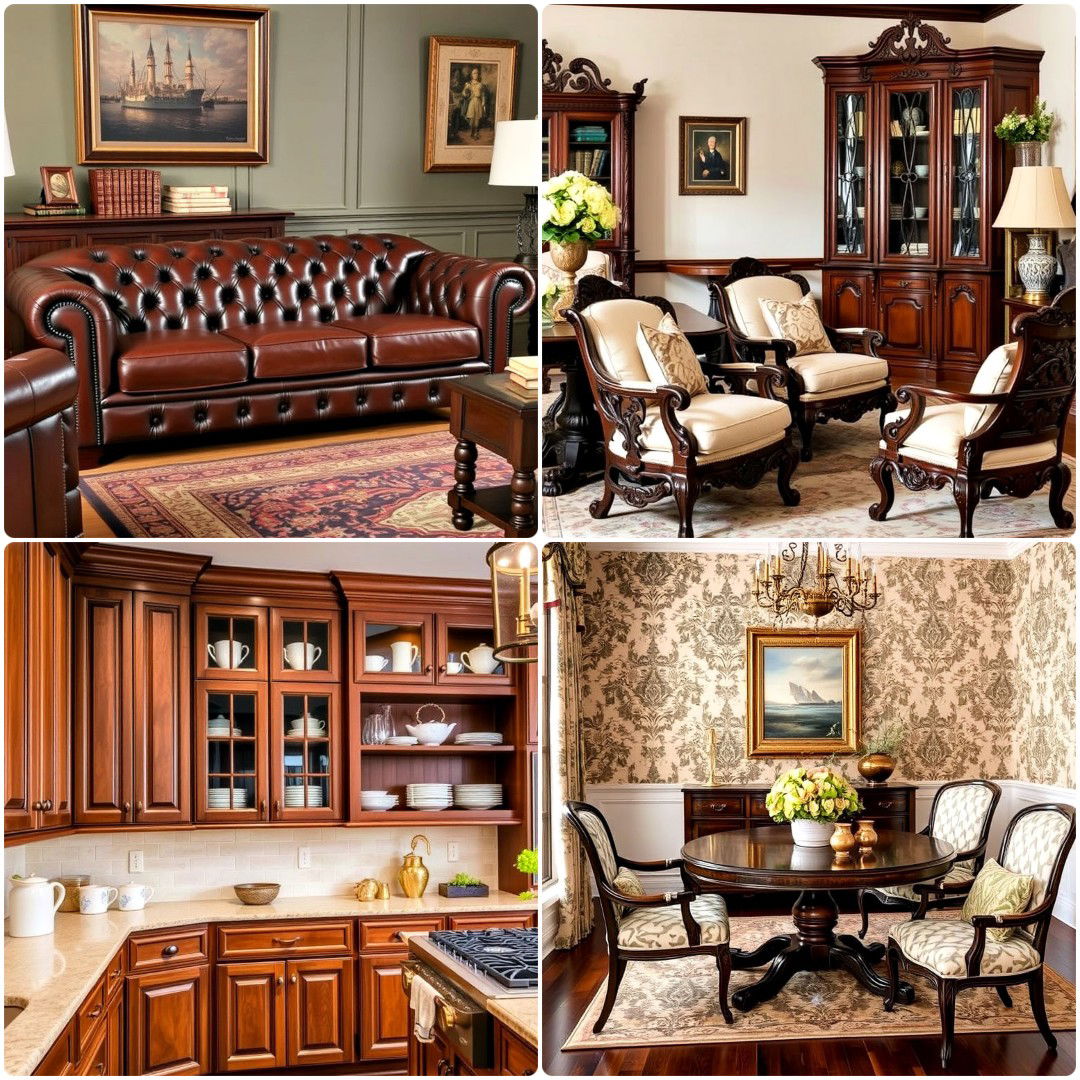
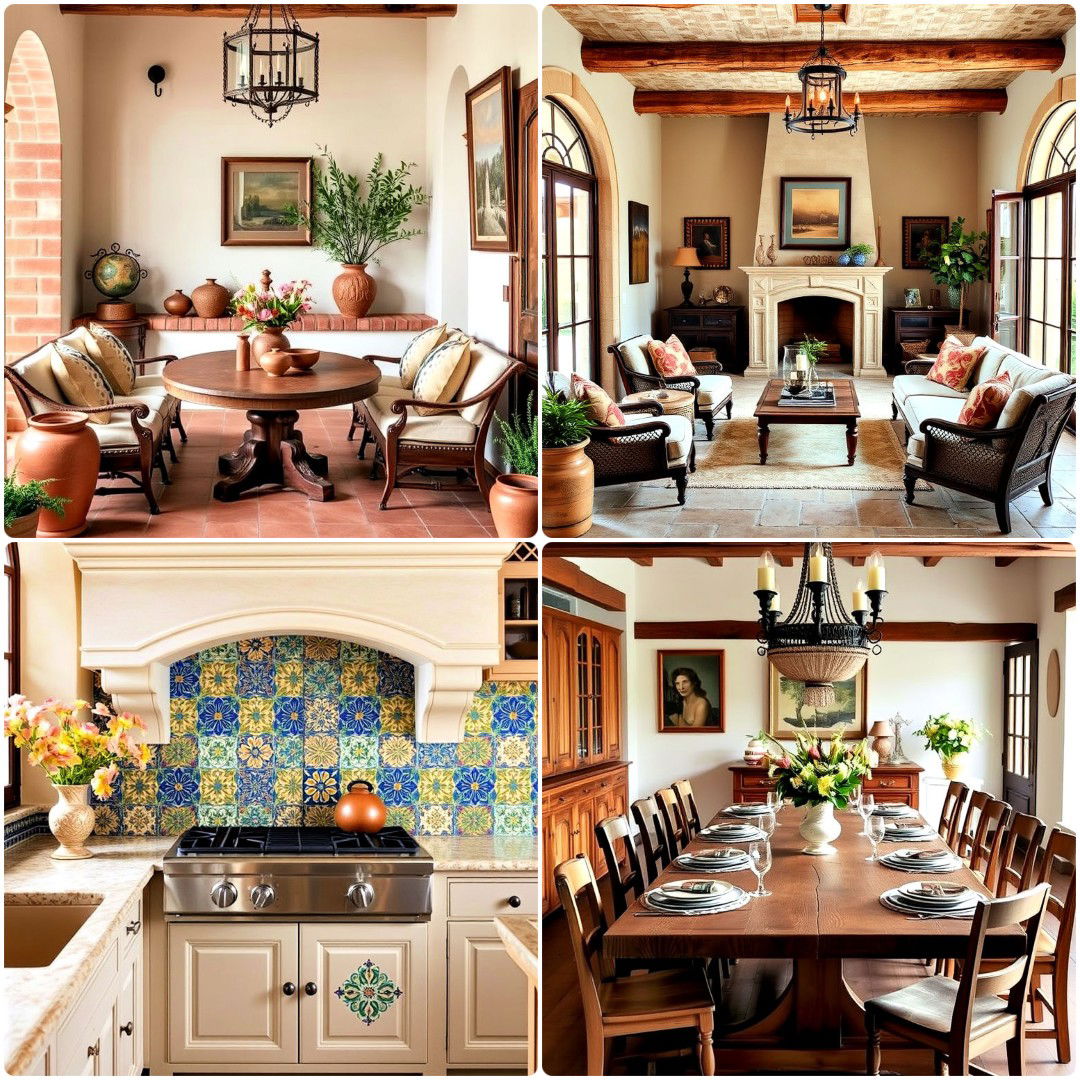
Leave a Reply